Endo at The Rotunda opened in April 2019 on the top floor of the Helios building in White City, on the former BBC site. The room is striking, with a large wooden counter and separate bar, a picture window looking out over Westfield and the surrounding area, and an outside terrace in fine weather. It isn’t quite Tokyo, but the garish lights of Westfield go a small way towards hinting at the dazzling lights of the Ginza district of the Japanese capital, where many of the world’s top sushi restaurants reside. White City actually hosted the 1910 Japan-British Exhibition, so there is an admittedly tenuous link. Chef/owner Endo Kazutoshi was previously in charge of sushi at Zuma in Knightsbridge. His grandfather was a sushi chef in Yokohama, and he moved to the UK in 2007.
A dozen diners sit around the counter and are served at the same time, so it is important to be punctual or you will miss some dishes. The meal is omakase (no choice tasting menu) and is fully payable in advance at £225. To this you need to add drinks, so this is not going to be a cheap outing, though as will be seen you do get a lot for your money. There is a short wine list and a longer list of sake – see previous review for more on this.
The lengthy menu started tonight with a dish of cold Goto udon noodles resting in a broth garnished with Tokyo turnips. Goto noodles are one of the udon varieties in Japan (there are many varieties from different prefectures) from Kamigoto and Nakadorijima islands off Nagasaki in western Japan. This variety is fine (about 2mm diameter) and are dried and hand-stretched, with added camelia oil, which contributes to their slightly slippery texture. They went well with the slight hint of spiciness of the Tokyo turnip.
Endo has changed his rice supplier recently, and now uses rice from his own farm in Japan. The sushi sequence began with a tuna roll made with seaweed from Tokyo Bay. The tuna was a mix of otoro and chu-toro, and tonight the tuna came from three different sources, with fish caught off Ireland, Portugal and Cornwall. This was a lovely, rich roll that set the sushi sequence in motion nicely.
It was followed by Cornish mackerel killed by the ikejime method (a spike to the brain), which is almost universal in Japan and preserves the flavour of the fish much better than other methods. The mackerel indeed had excellent flavour and the rice was the correct body temperature, the shari expertly shaped by Endo. It is remarkable how often sushi rice in London arrives fridge-cold, which would be an unthinkable error in Japan. Not here of course.
The meal continued with a savoury egg custard (chawanmushi) with seven different wild mushrooms with a little turnip. I liked the crunchiness of the turnip with the mushrooms, though for me the chawanmushi could have been a little firmer in texture. A cooked oyster from Ireland was next, marinated in three different soy sauces; this was a superb oyster dish. It was followed by Cornish spiny lobster enlivened with vinegar, with nicely balanced the natural sweetness of the tender spiny lobster. Next was Cornish squid aged for six days and topped with Sardinian bottarga (grey mullet roe). This squid was very tender and was complemented by the distinctive saltiness of the bottarga.
Belly tuna was next, seared and served with creamy egg yolk (from a farm in Gloucestershire) and garnished with shavings of autumn truffle. This was a particularly lovely combination of flavours, rich and satisfying. Yellowtail from Cornwall was topped with monkfish liver and garnished with caviar, now from the high-end supplier N25. Again, this combination of flavours worked well, the brininess of the caviar matching the richness of the liver. This was followed by excellent chu-toro tuna, in this case from a female tuna caught by a Japanese fisherman called Mr Tanaka, who lives in Portugal.
The sushi sequence was broken up by sea bass tempura. This tempura was much improved from my previous visits, the batter gossamer thin and the sea bass that it encased having excellent flavour. The sushi resumed with Orkney scallop topped with golden oscietra caviar, Icelandic sea urchin and wasabi grown near Mount Fuji (Endo imports 3kg of wasabi roots a week from here). I adore scallops and this was a very sweet specimen, nicely complemented by the caviar and sea urchin and with a well-judged gentle spiciness from the freshly grated wasabi. This was followed by a rich sea urchin roll, and then a dish of spider crab and scallop with shiso flower and shaved autumn truffle. This was a very good dish that again served to break up the lengthy sushi sequence.
A wooden box was presented had within it smoked sea trout, served on rice favoured with sake. This worked very well, the smokiness well controlled. A dish of simmered vegetables in dashi included mushrooms, edamame beans, mushrooms and carrots, and was a pleasant break from the richness of the sushi. Otoro tuna from Cornwall followed, simply garnished with a few flakes of salt. This was followed by otoro tuna caught off Ireland that had been cooked on a charcoal grill using Japanese binchotan charcoal. The tuna was combined with oyster trimmings and wrapped in a nori roll with a little wasabi. This was a lovely bite, and was perhaps my favourite of the sushi dishes. The very last sushi was langoustine from the Isle of Skye, topped with schrenckii caviar and a dried magnolia leaf.
The last savoury course was A4 beef from Miyazaki Prefecture in south western Japan. This beef is from pure breed kuroge washu or Japanese Black, the largest of the four recognised Japanese cattle, the others being Japanese brown, shorthorn and polled. These cows are raised on a diet of corn, wheat, and barley for at least 600 days, eight times longer than the norm for cattle. Miyazaki beef had won the “Olympics of Cattle” competition (running since 1996) three times running, and won the “meat quality award” once again in October 2022, for an unprecedented four wins in a row. The beef tonight was served with caramelised onions and a sauce of sansho peppercorns, whose gentle numbing spice was an excellent way to balance the inherent richness of the beef.
For dessert the customers move to the bar, where we were served rice souffle garnished with Hungarian honey truffles (Mattirolomyces terfezioides). These grow under black acacia trees and are noted for their sweet taste, being collected from August to November. The truffles were first documented in 1588. These were indeed sweet in flavour, and were an interesting addition to the fluffy souffle. You are offered green Japanese matcha tea as a conclusion to the meal.
The bill came to £403 per person for the combination of food and sake. If you ordered less sake than we did then perhaps your bill might be more like £290 per head. This is an expensive night out, but there are oodles of expensive ingredients, and there is no doubting the skill of the sushi chef. This was a thoroughly enjoyable, indulgent evening.
Further reviews: 04th Jul 2025 | 12th Sep 2023 | 13th May 2023 | 22nd Mar 2023 | 11th Jun 2021 | 20th Nov 2019 | 24th Jul 2019














































































































































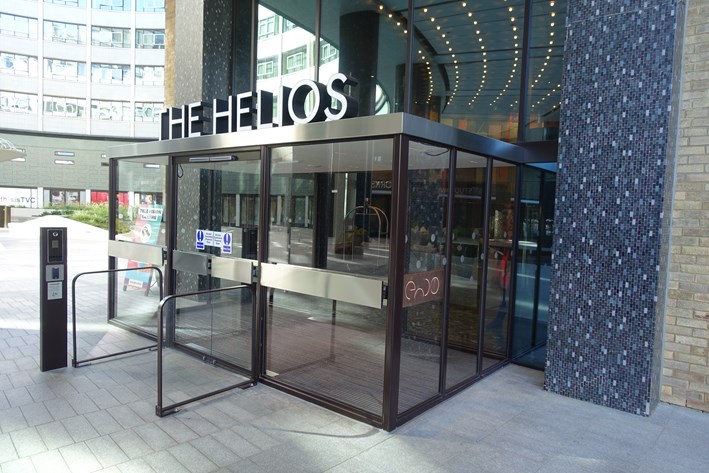

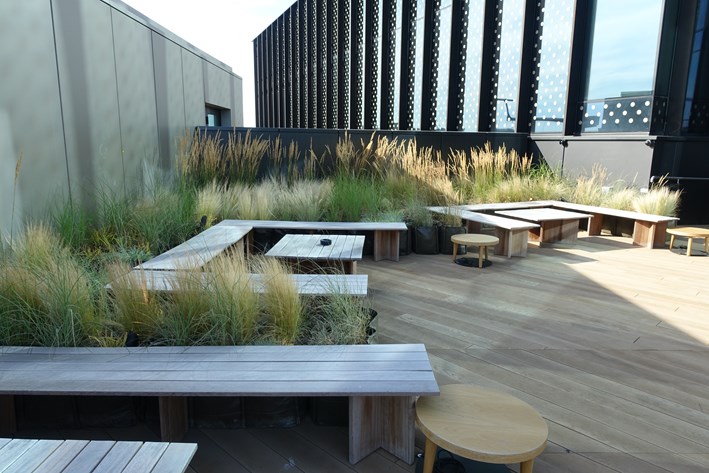

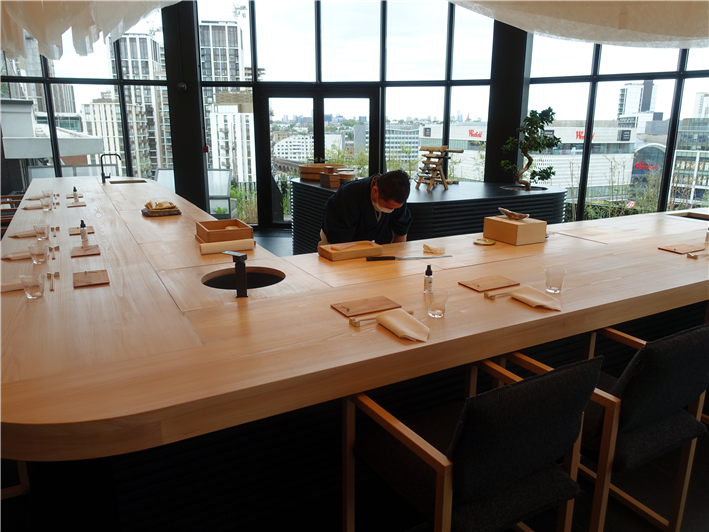


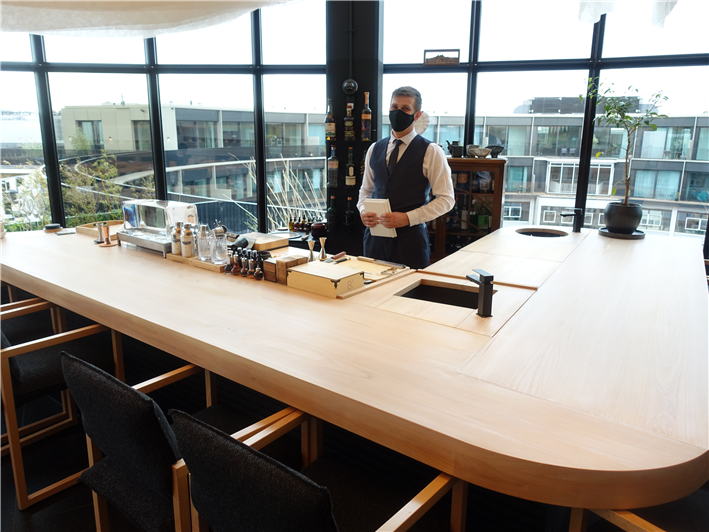
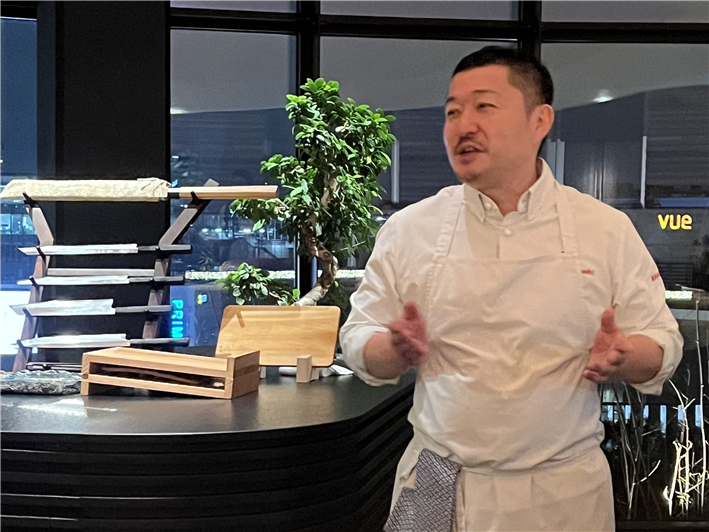
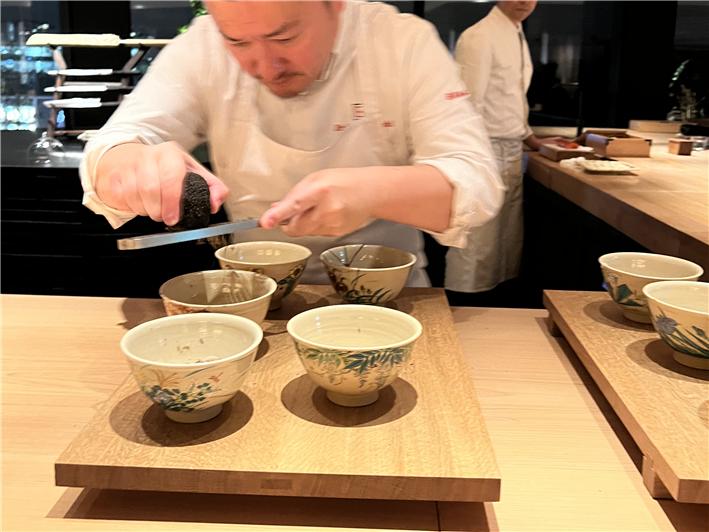
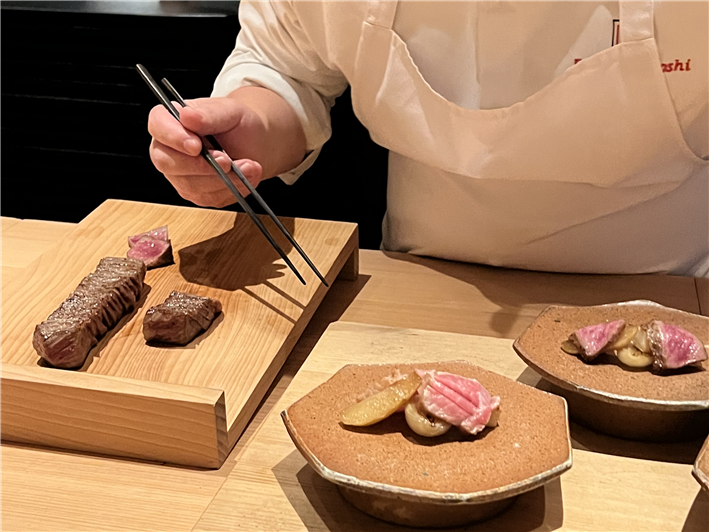

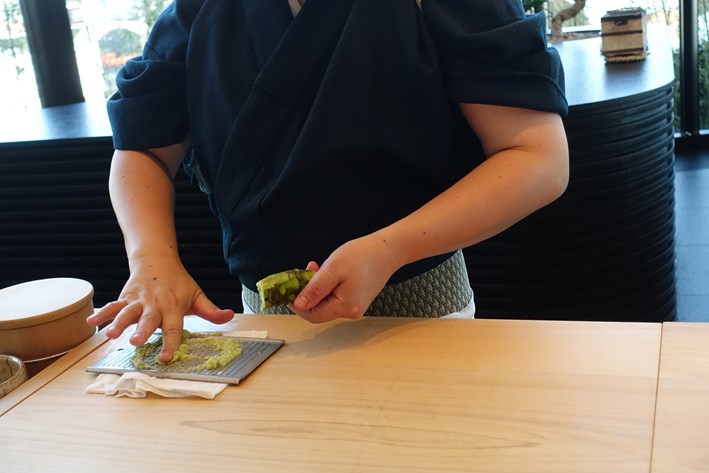
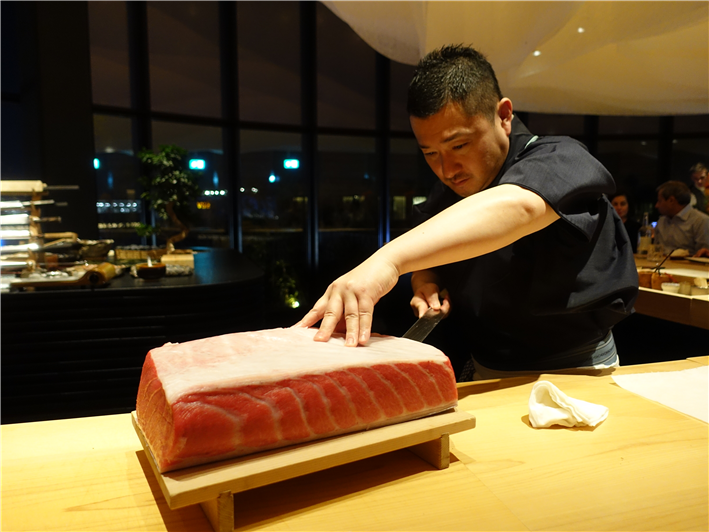


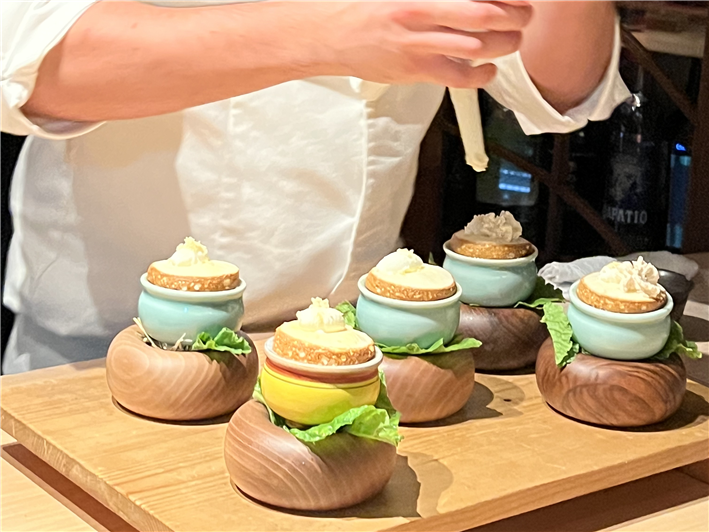


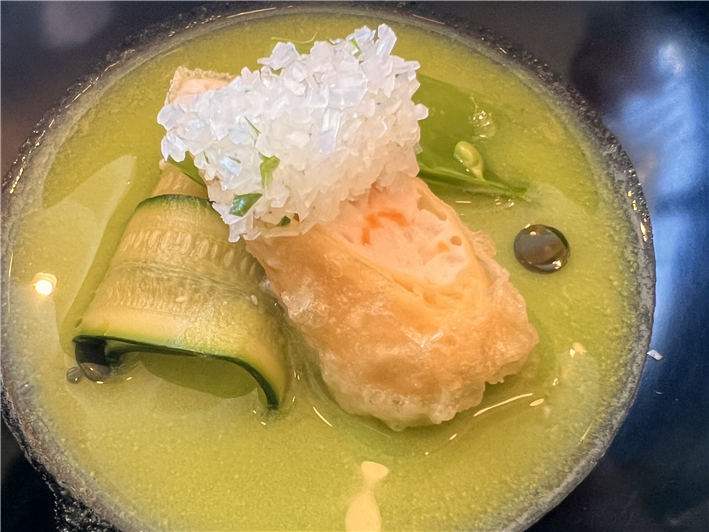
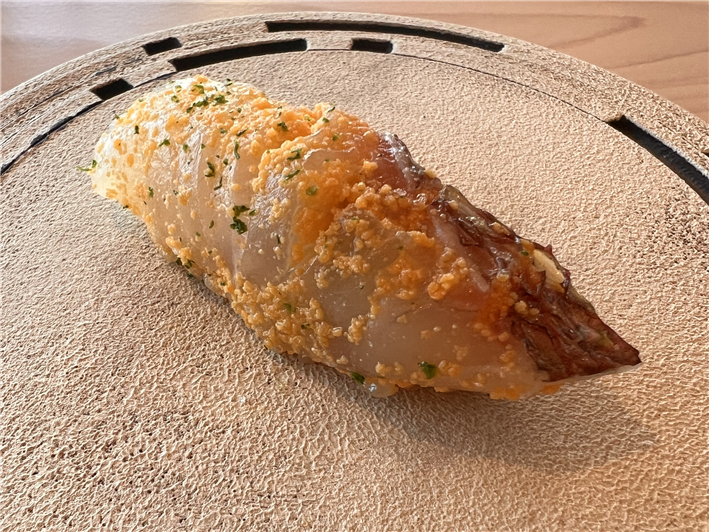
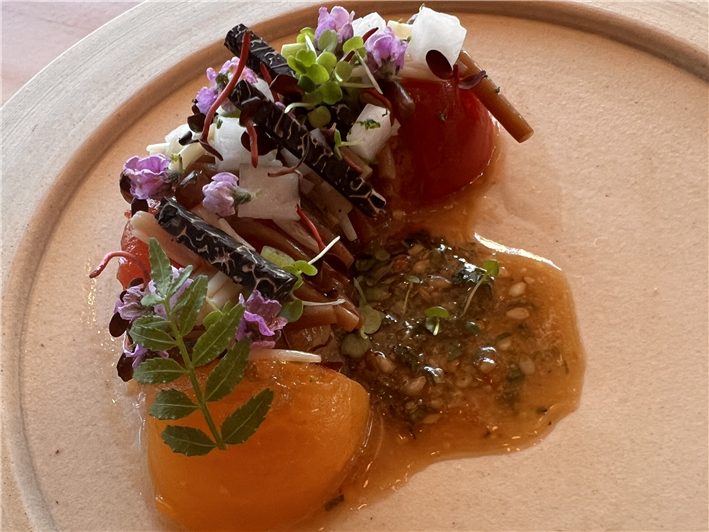
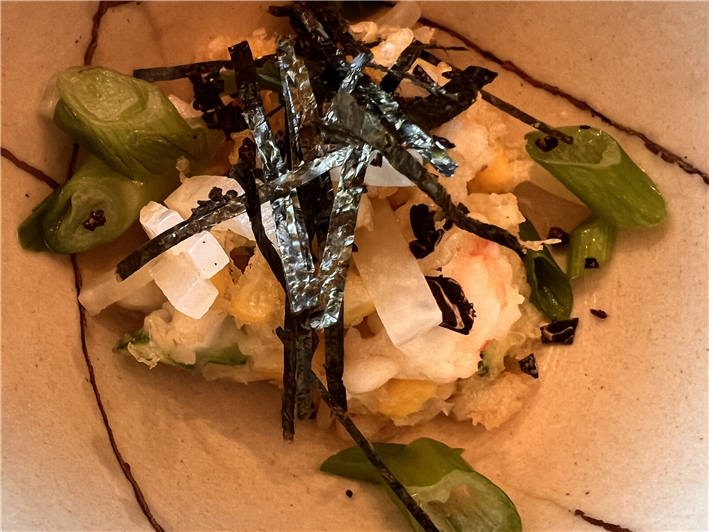
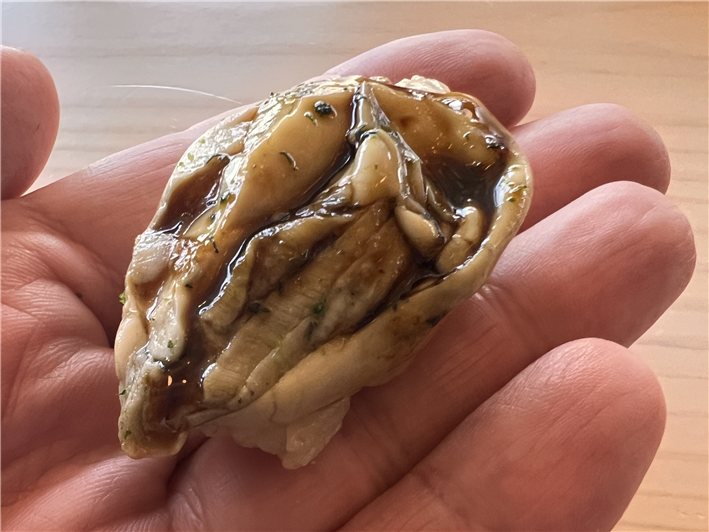
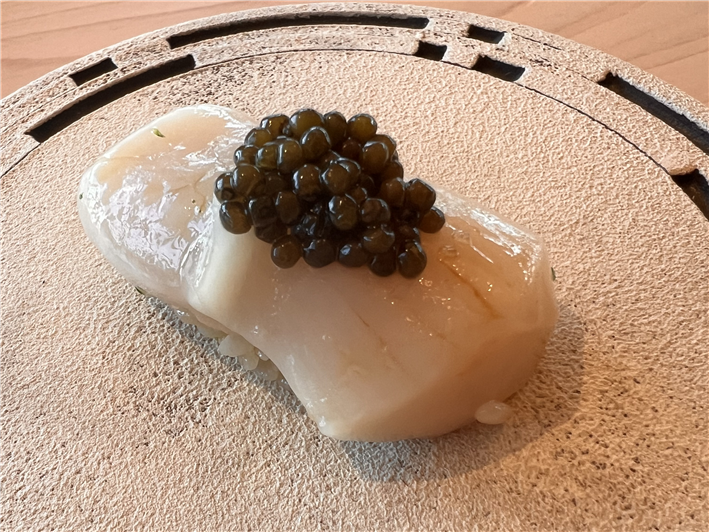
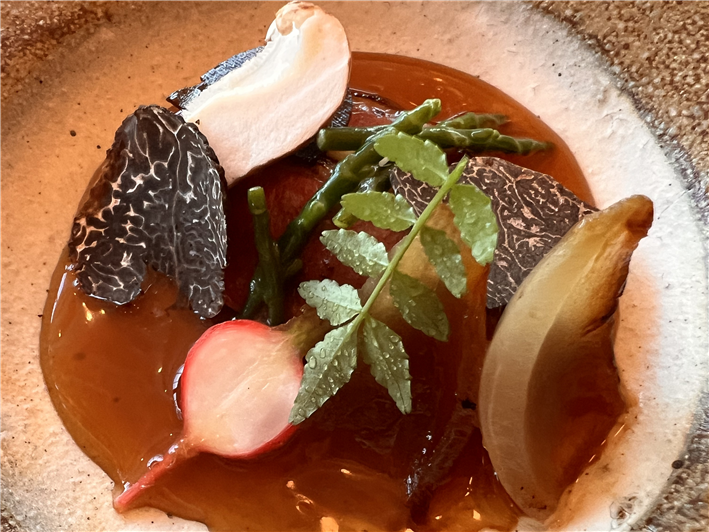
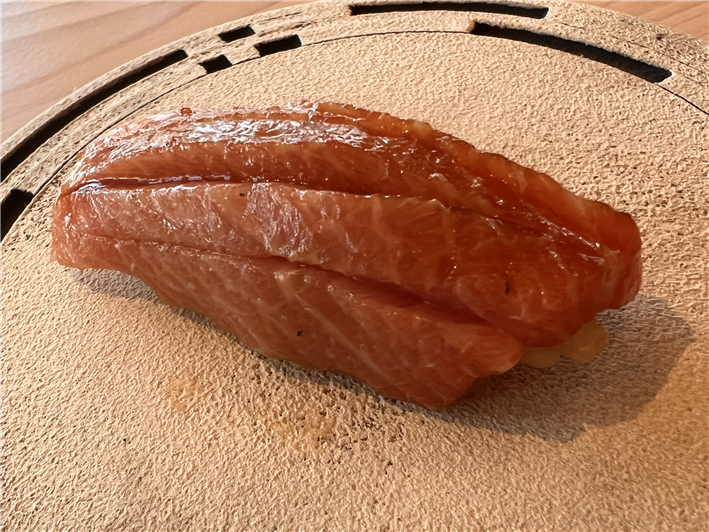
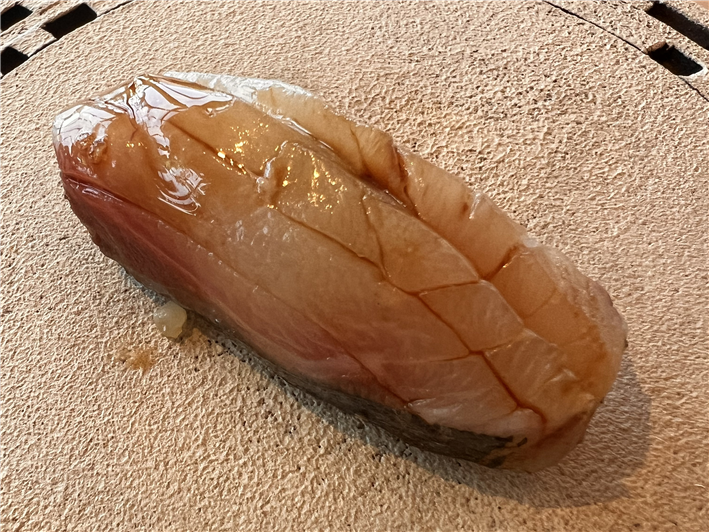
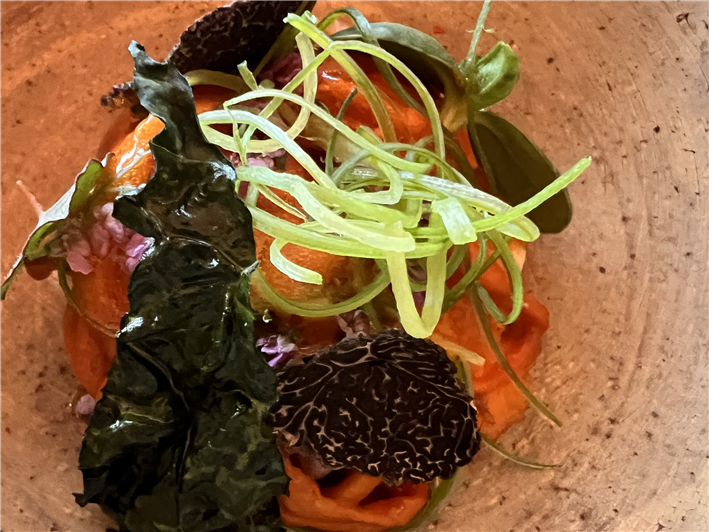
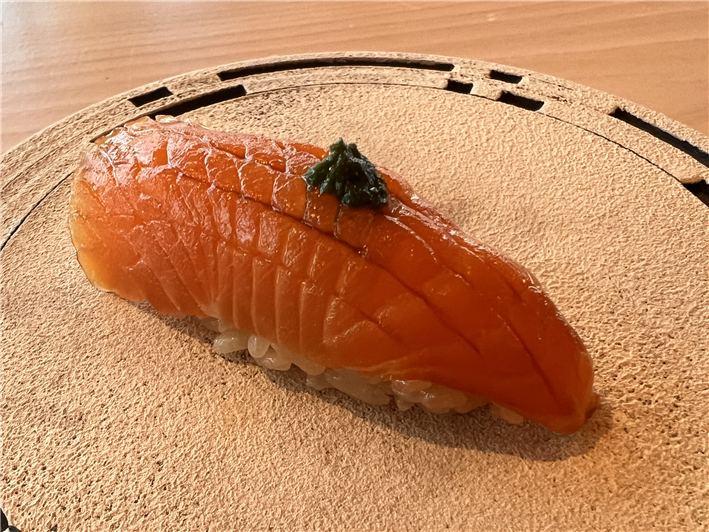
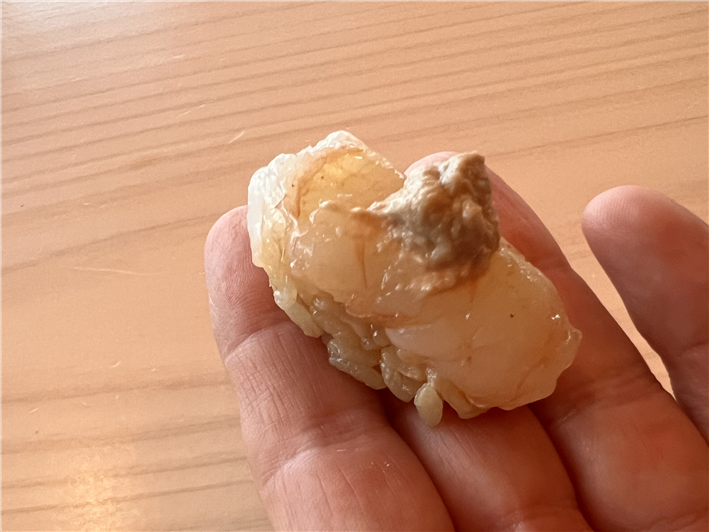

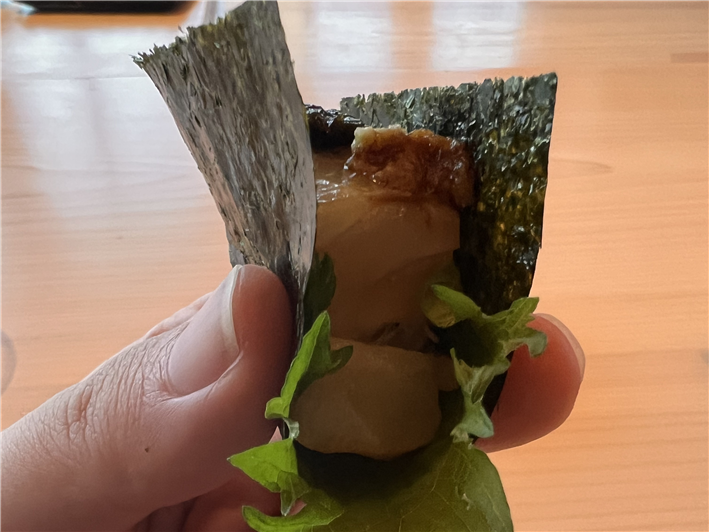
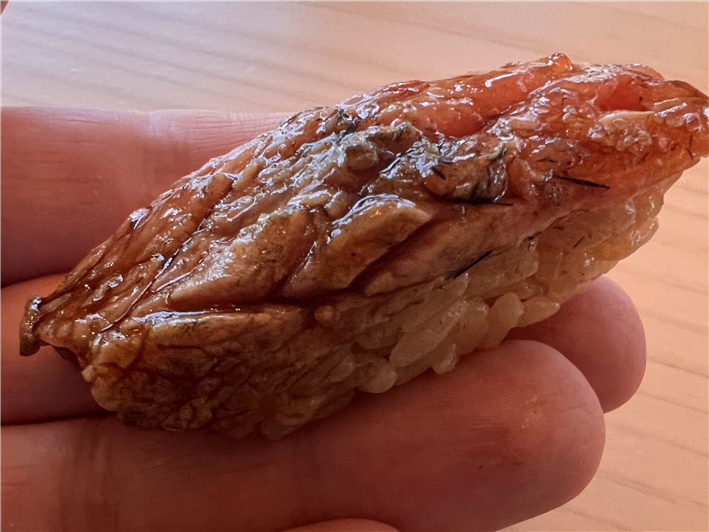
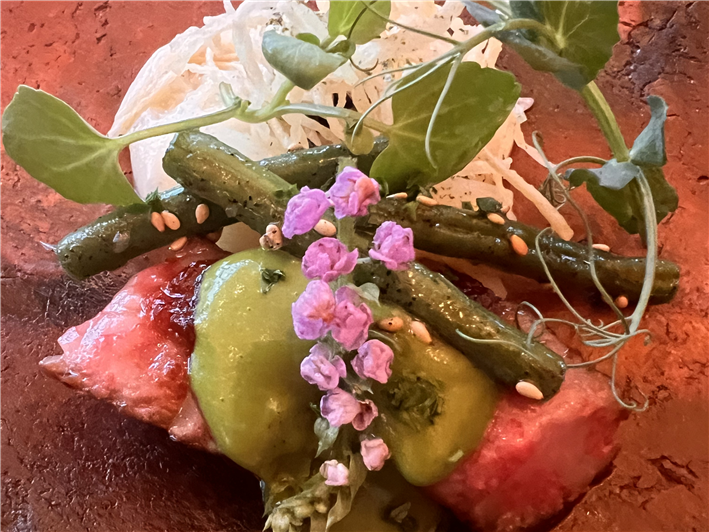


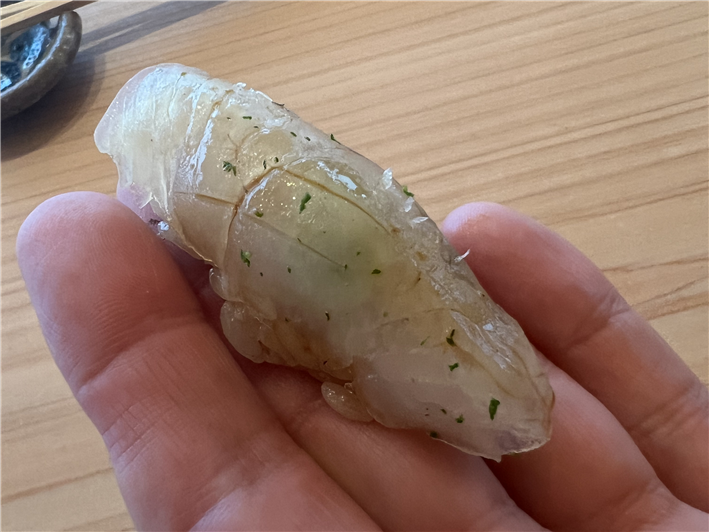
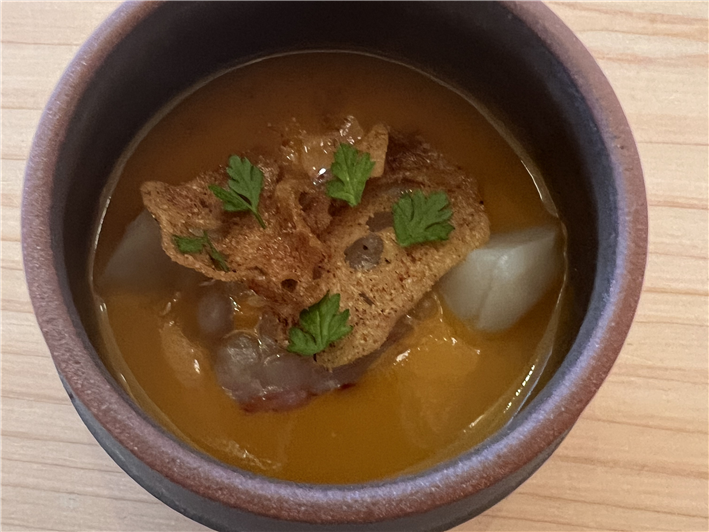
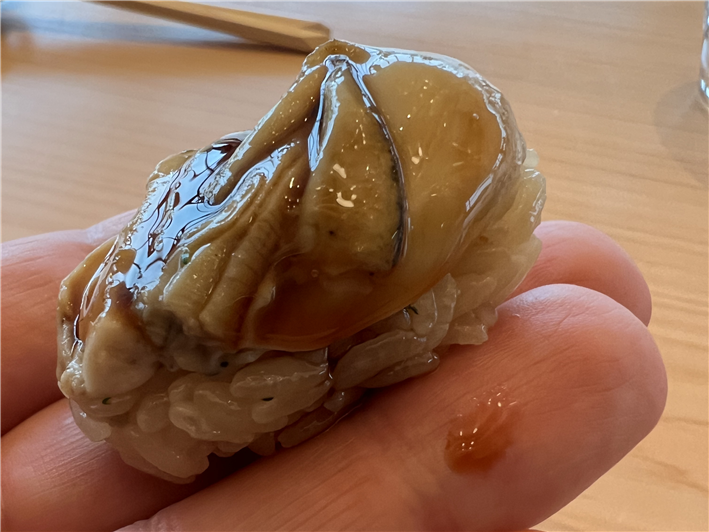
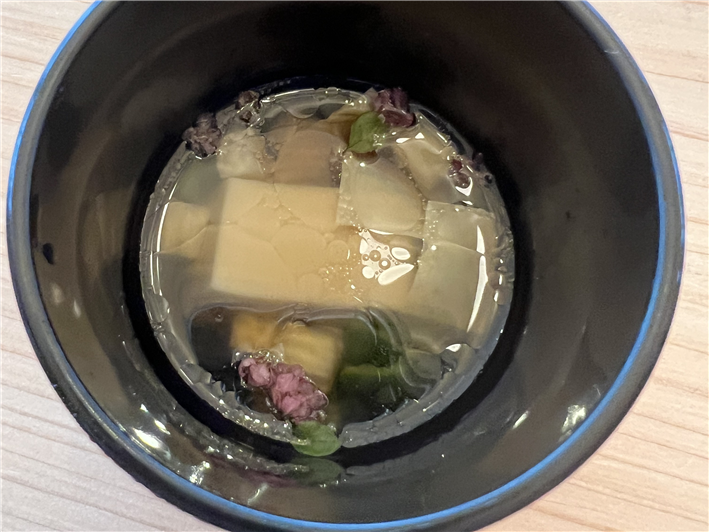
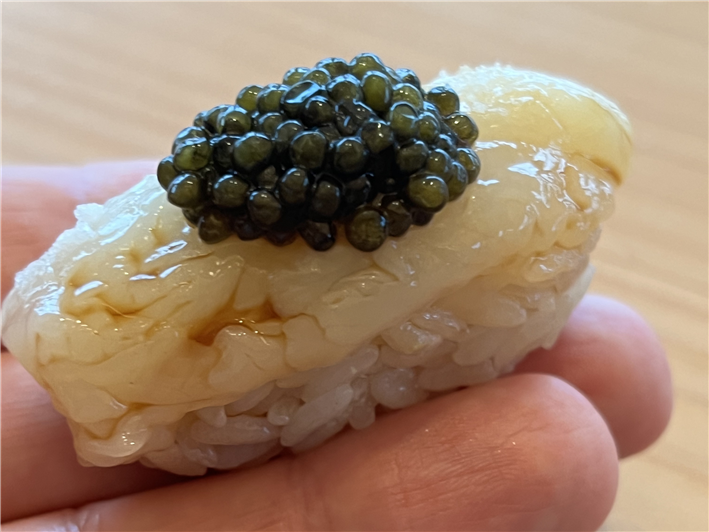
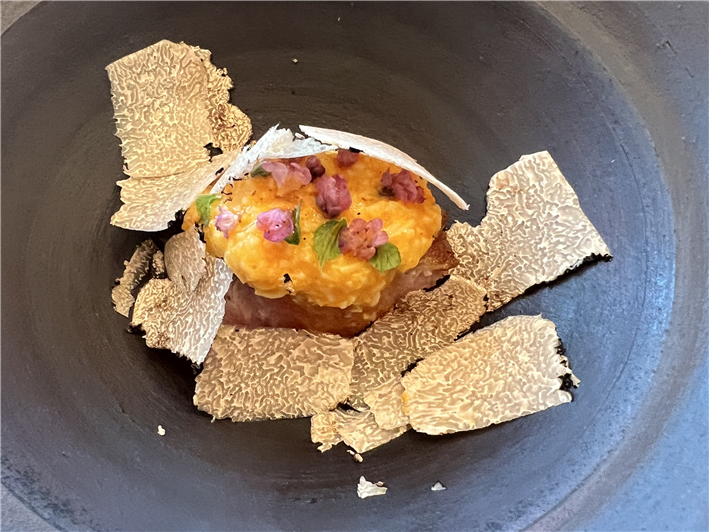
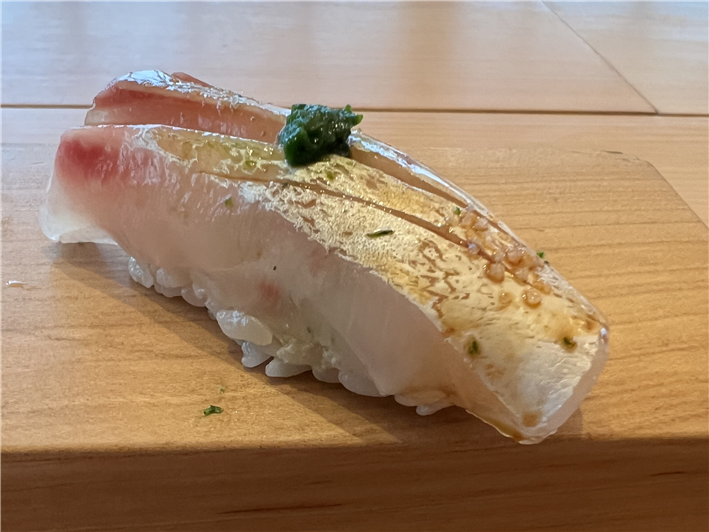
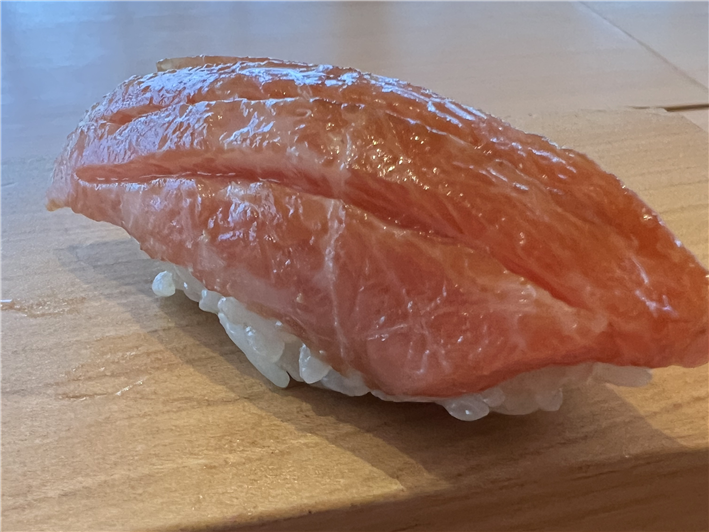

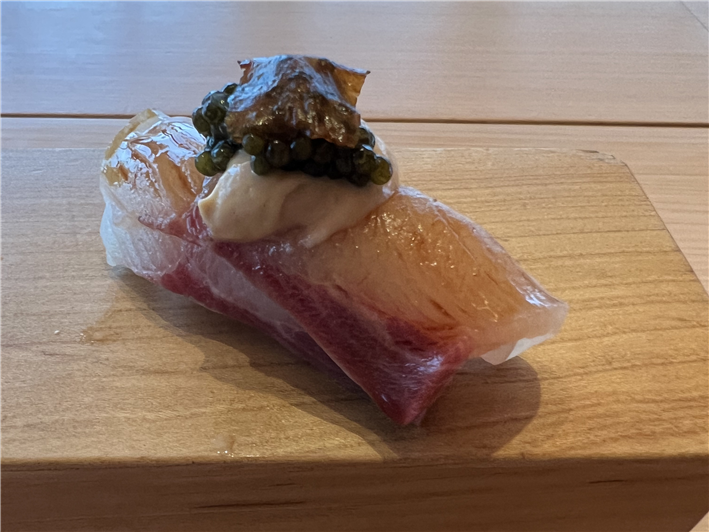
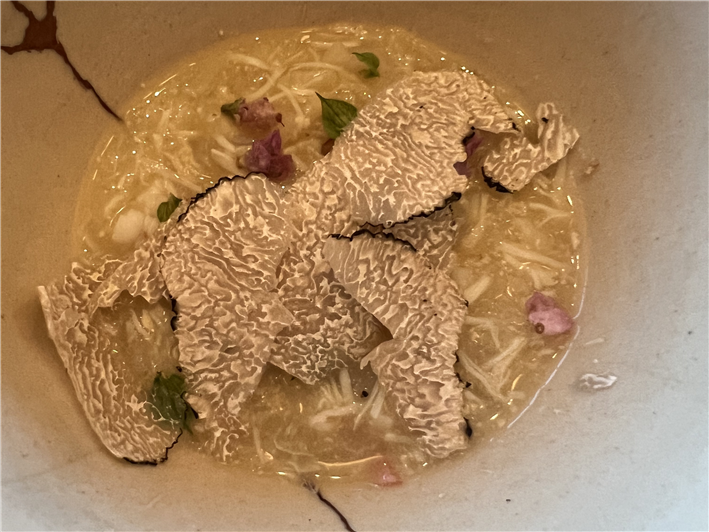

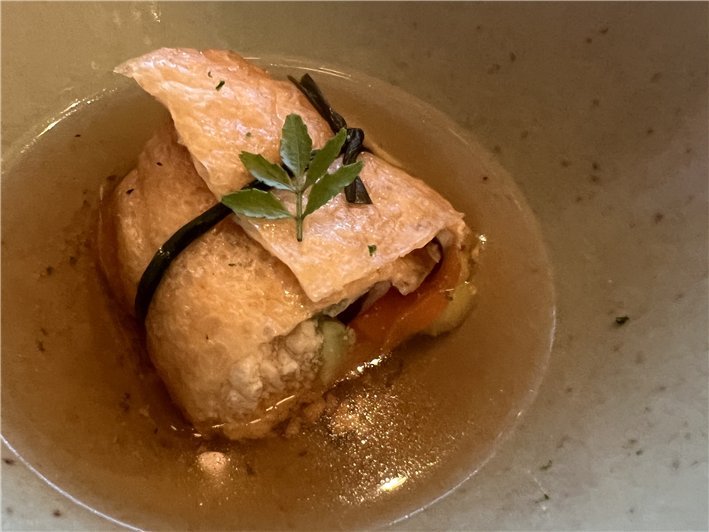
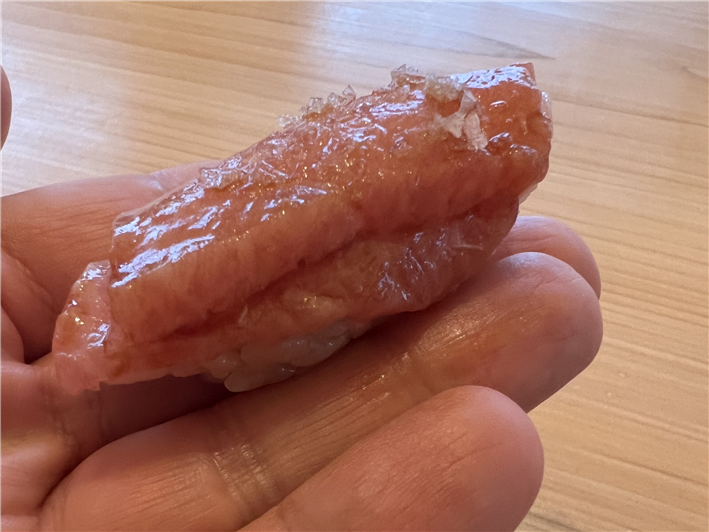
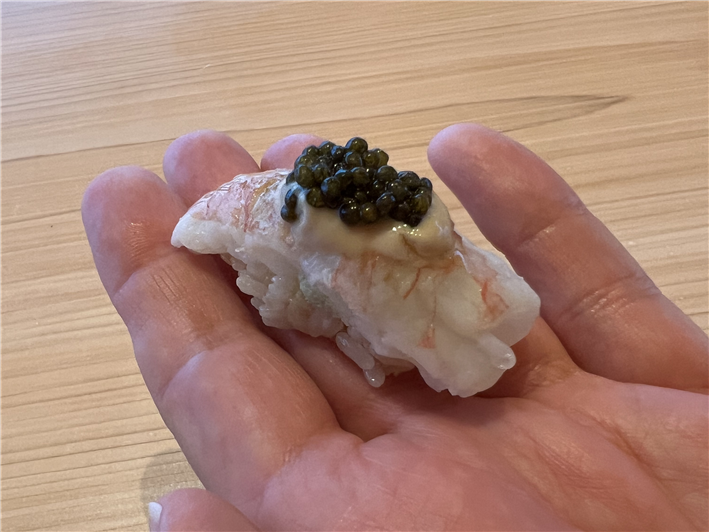
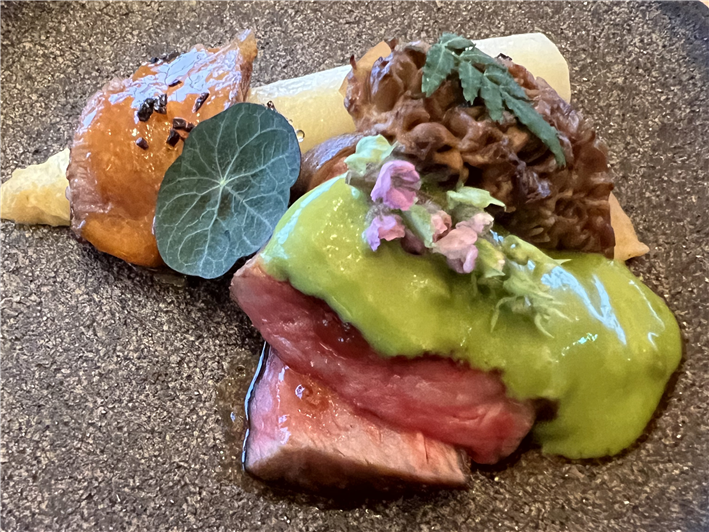

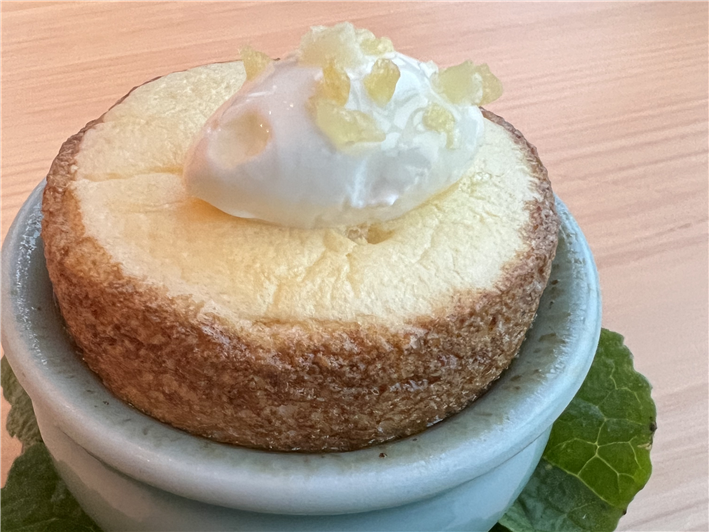
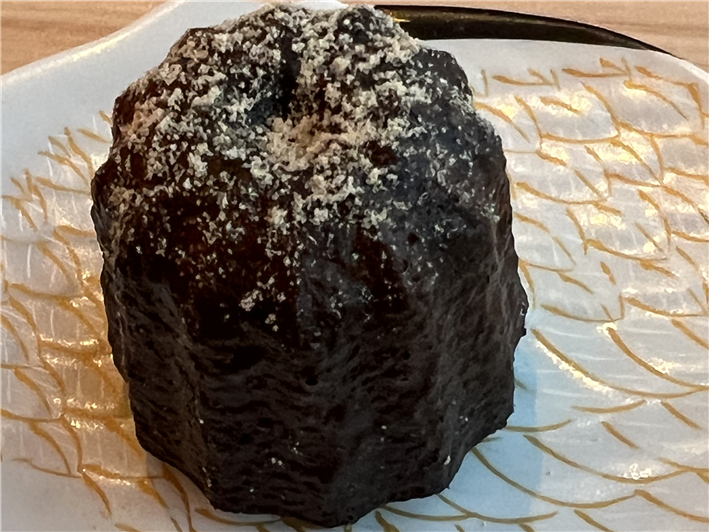


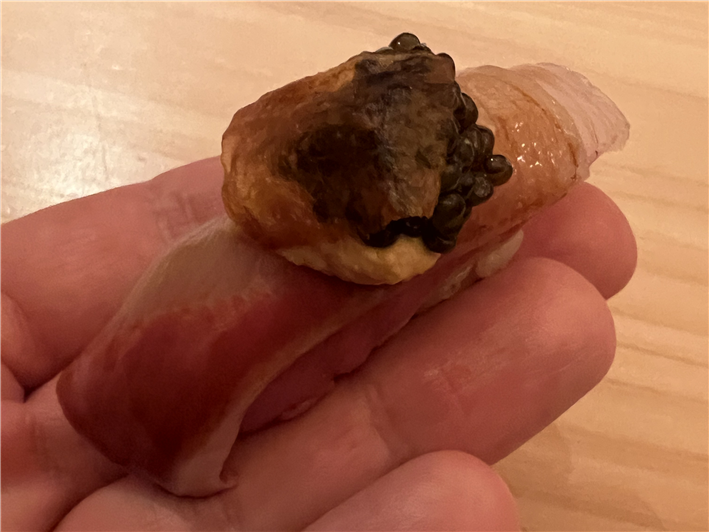
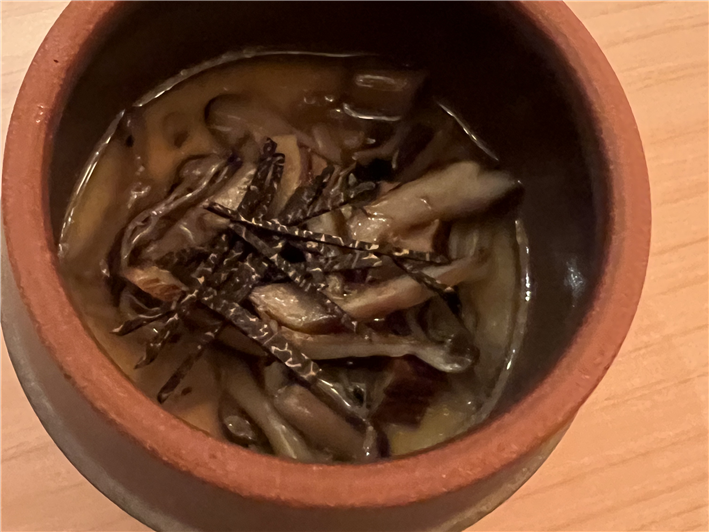
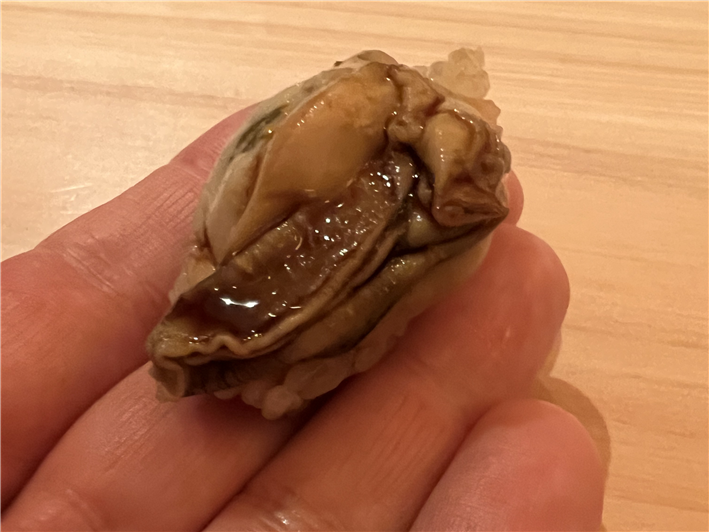

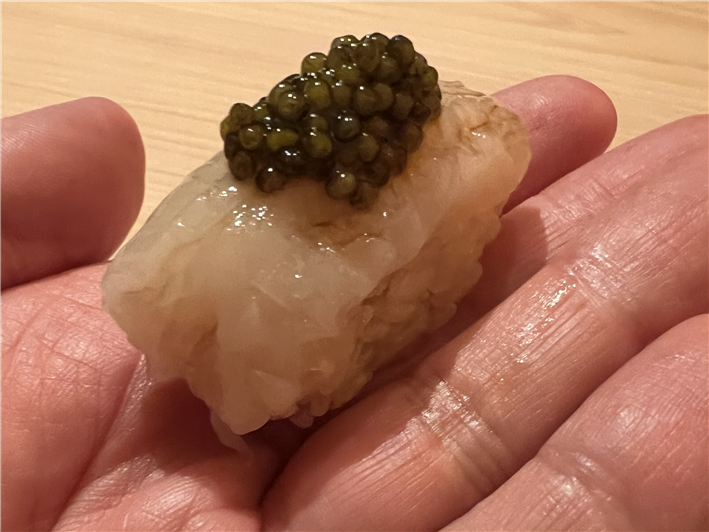
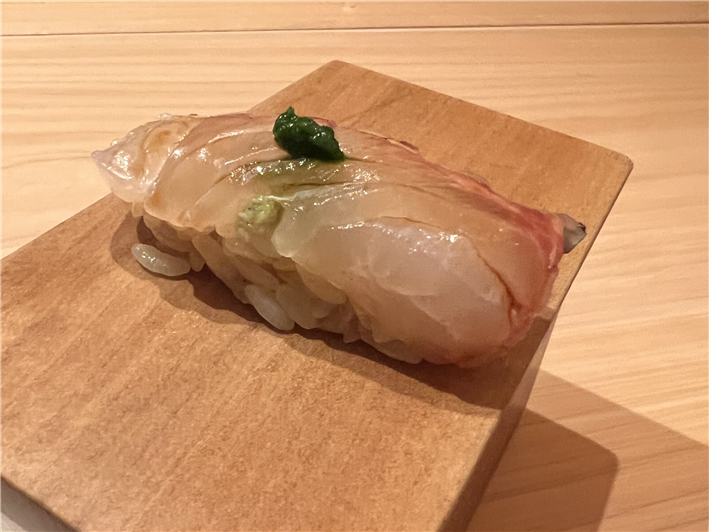

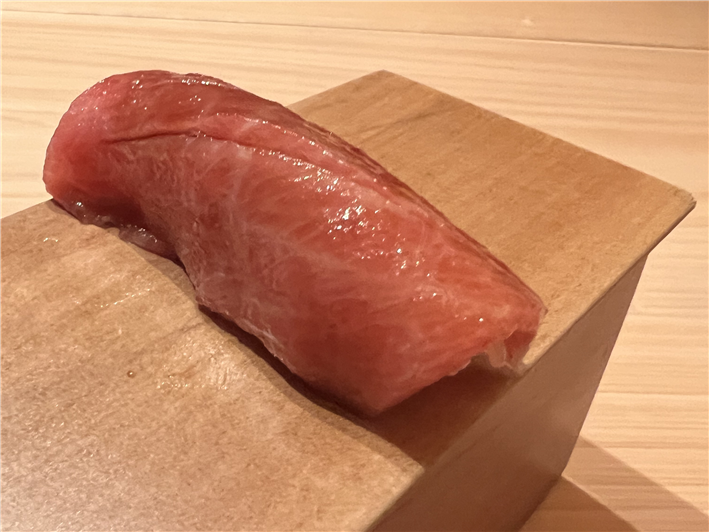
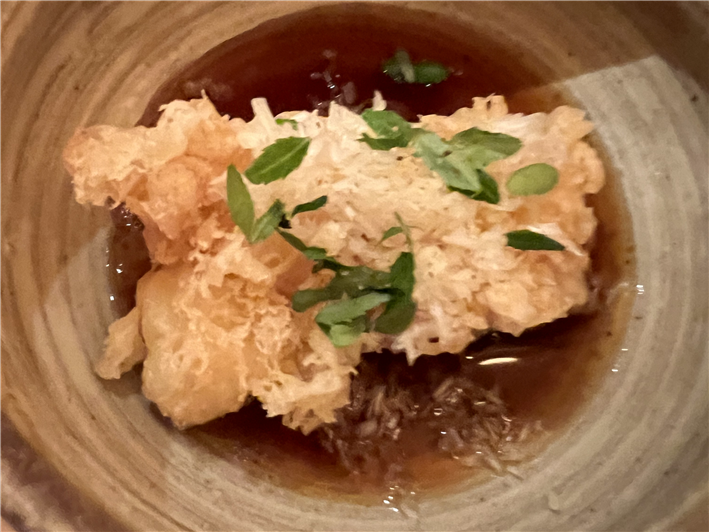
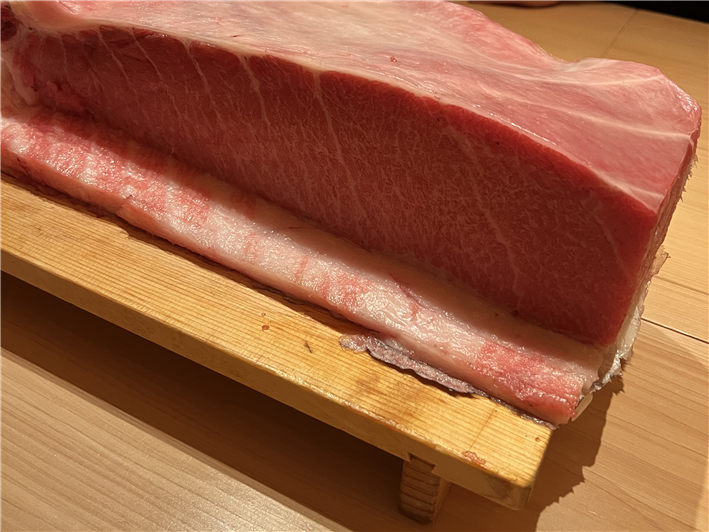

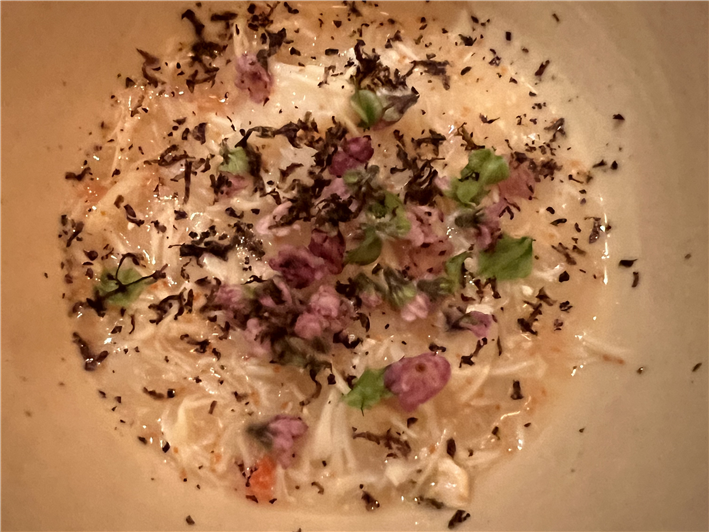
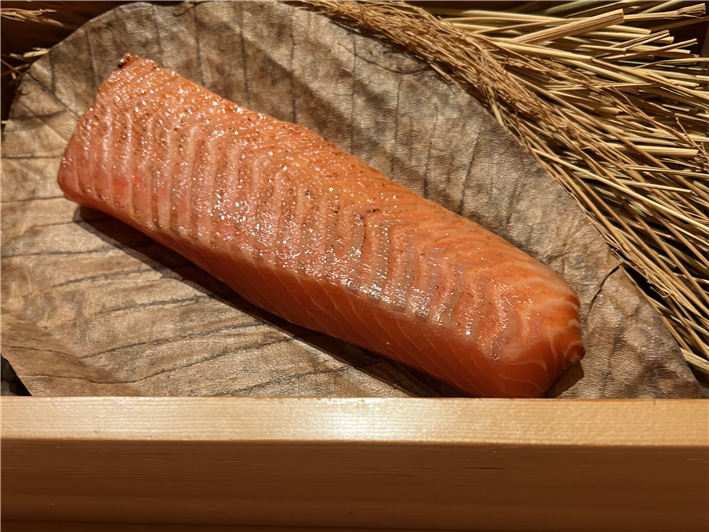


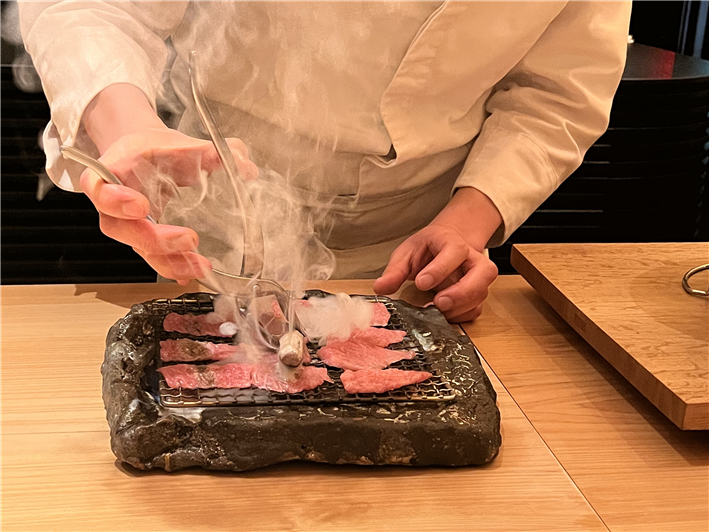
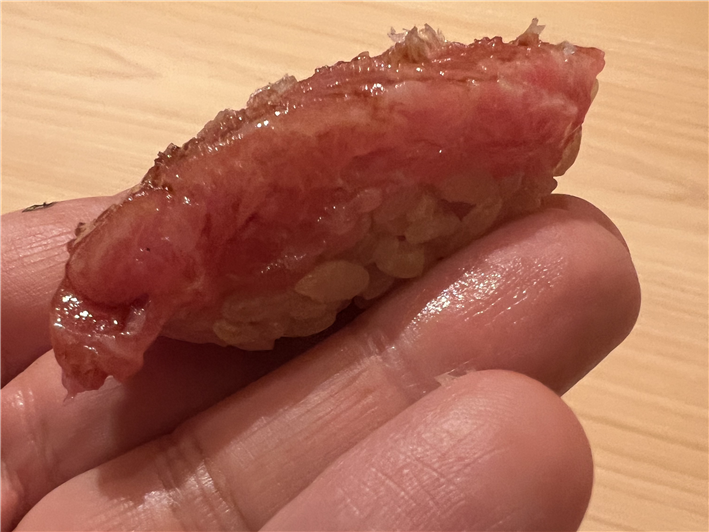

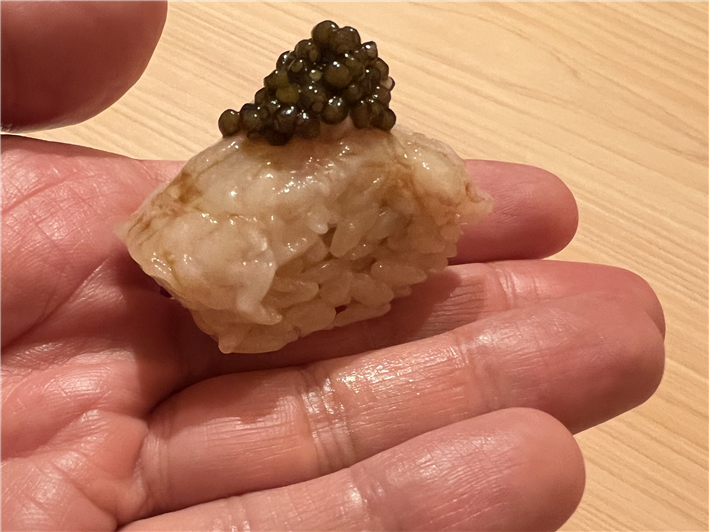
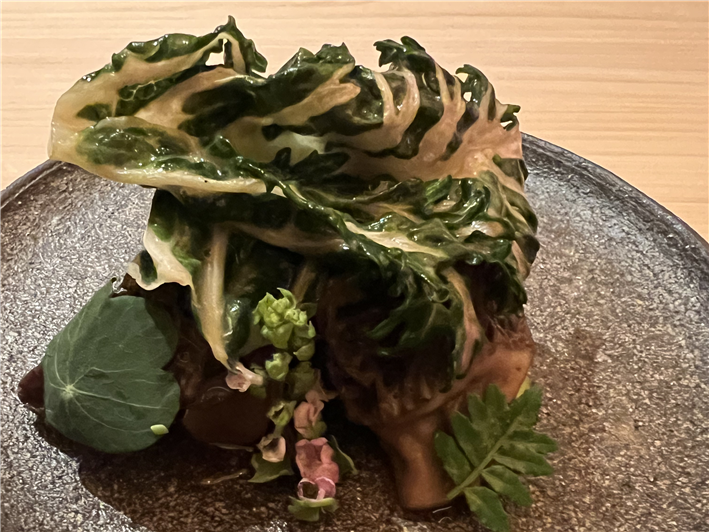
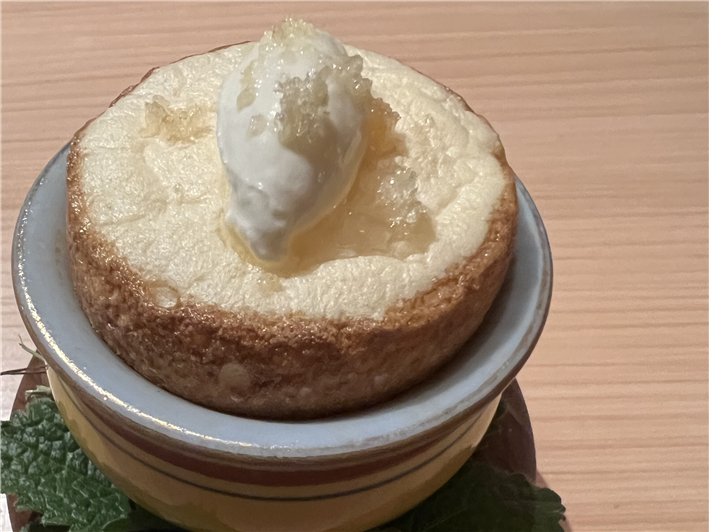
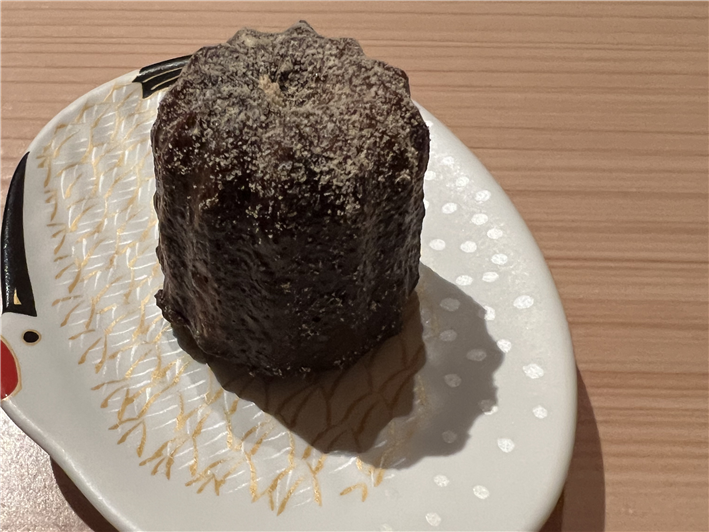
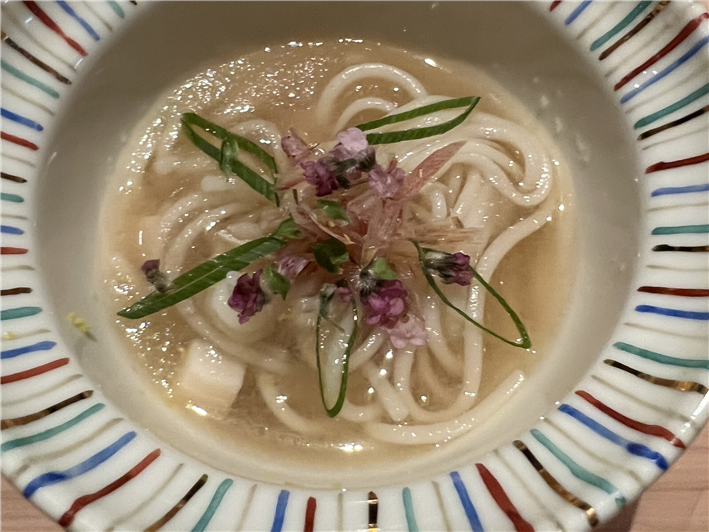
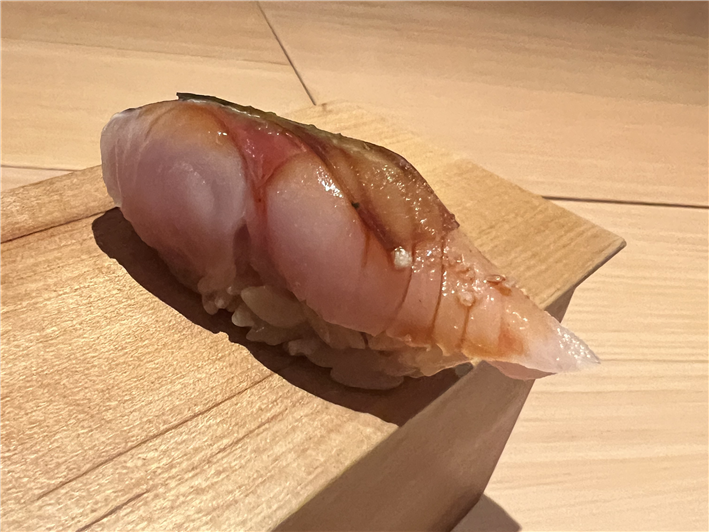

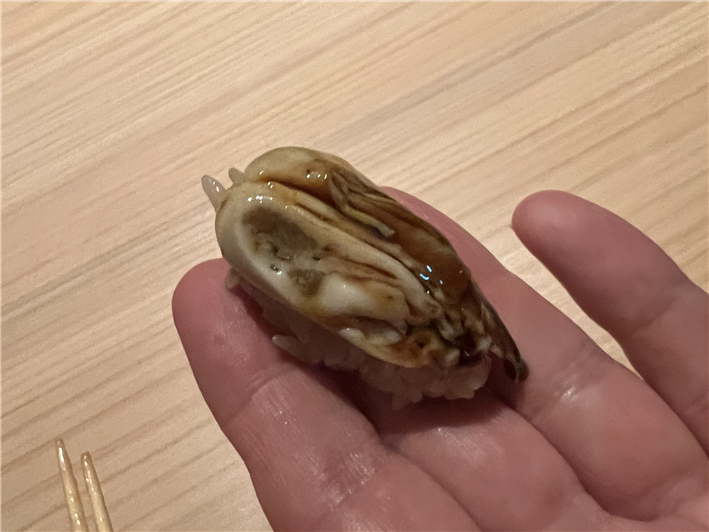
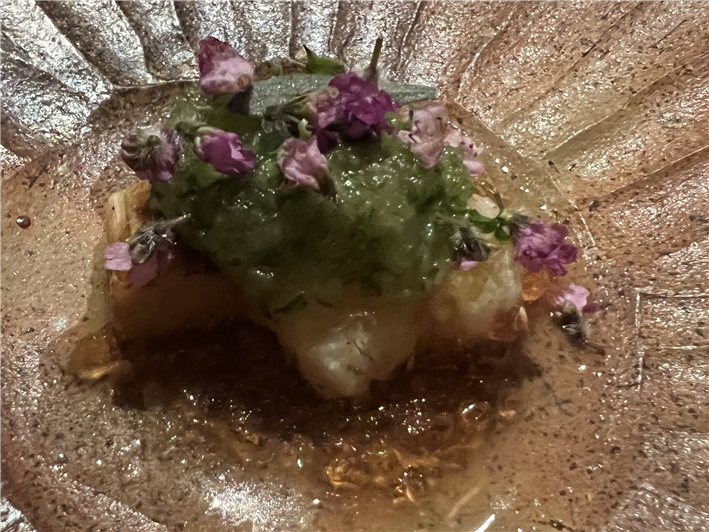
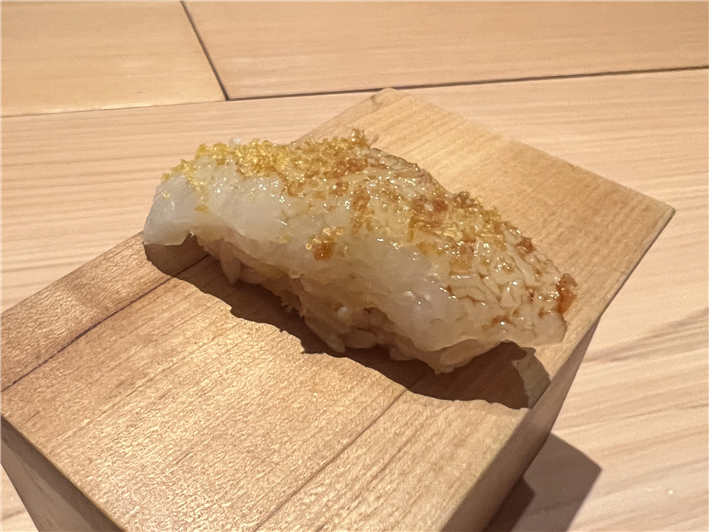
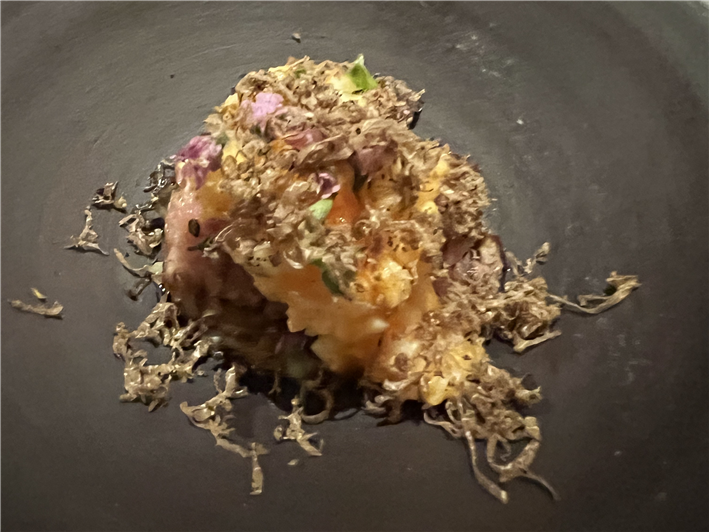


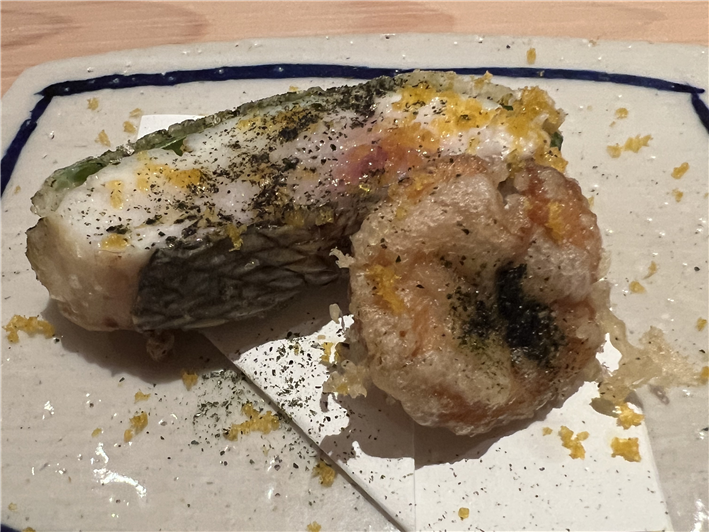

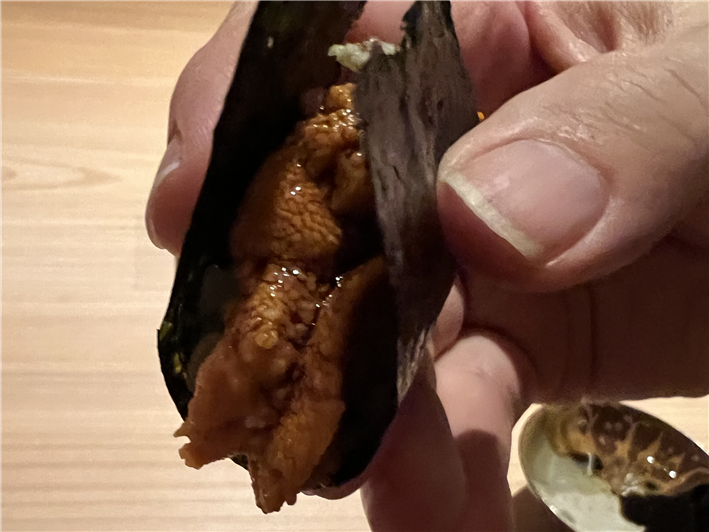
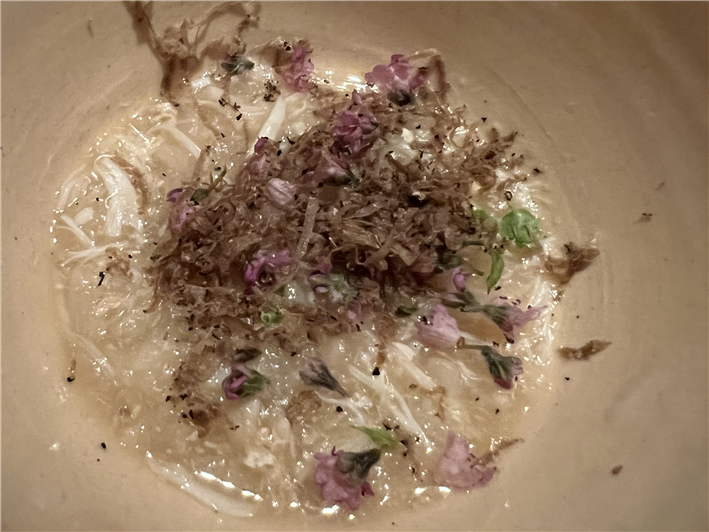

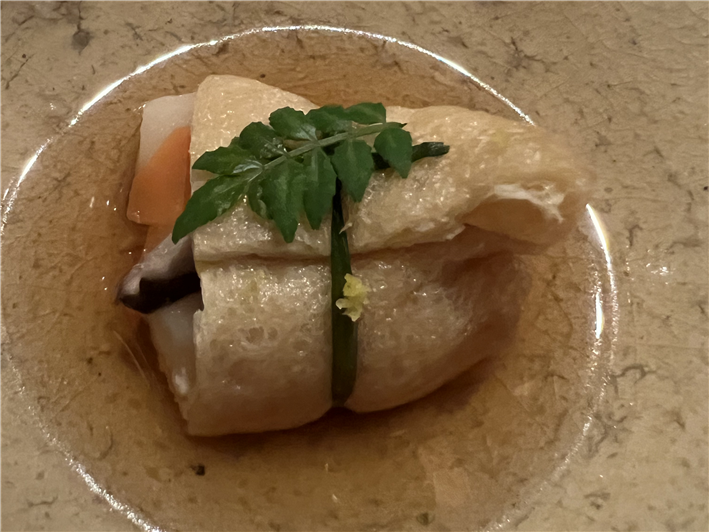


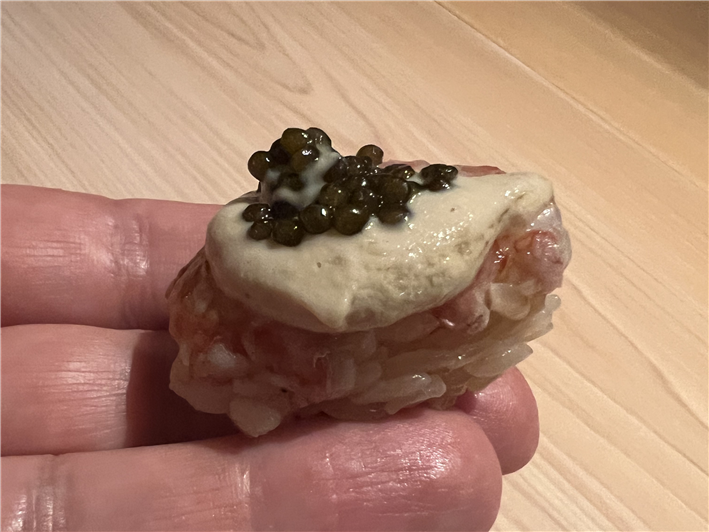
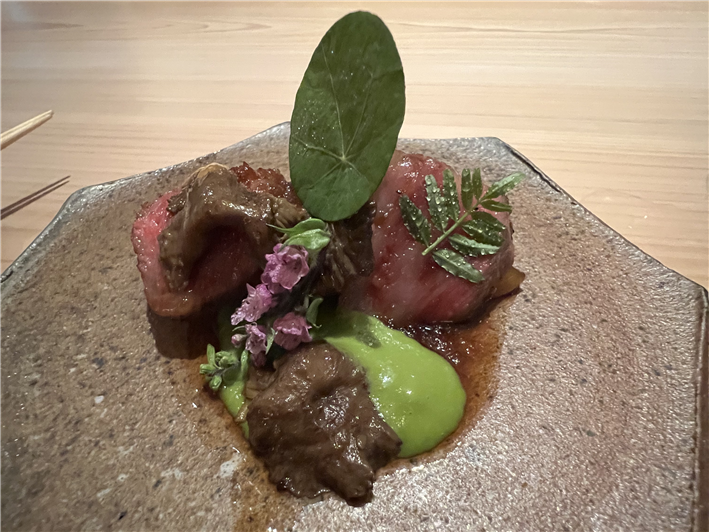
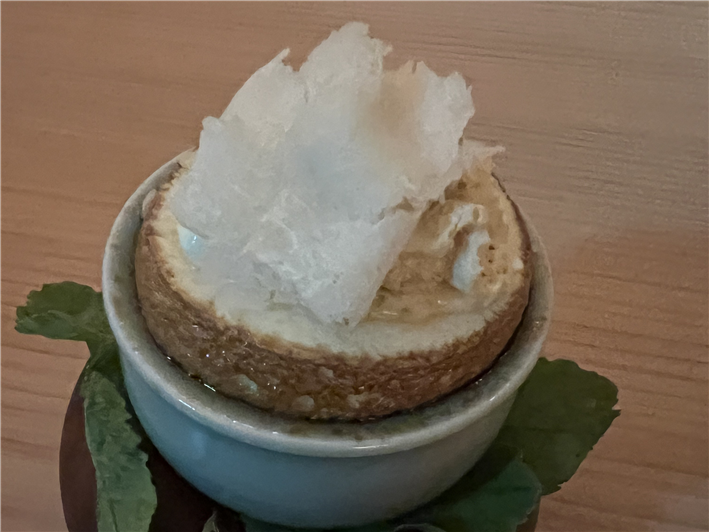



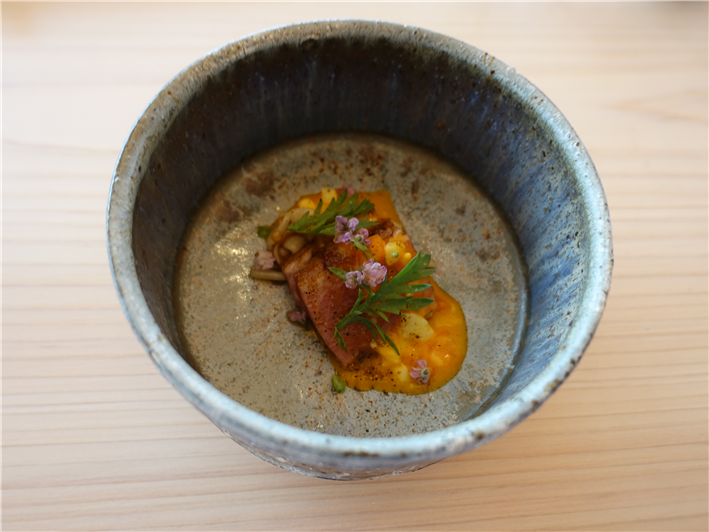
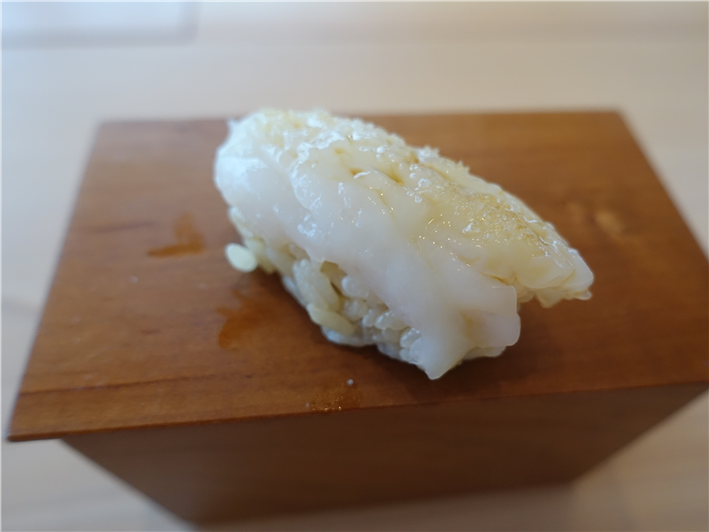
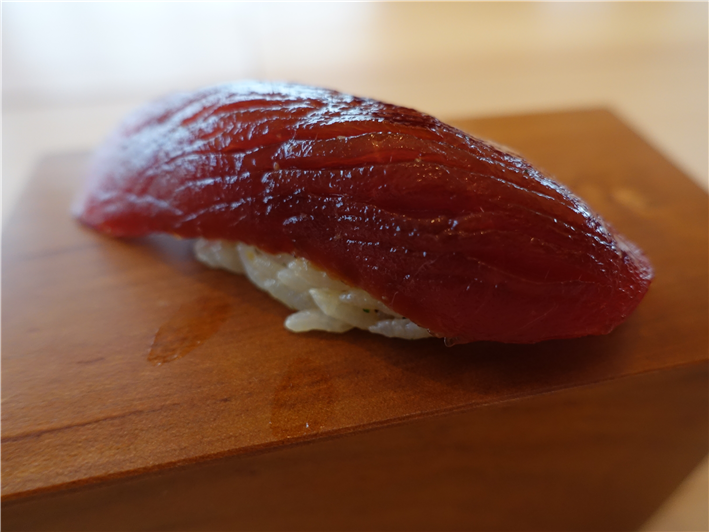
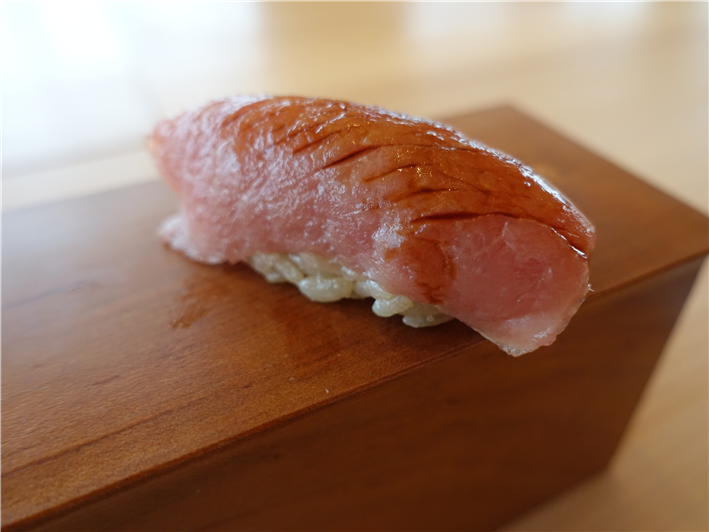
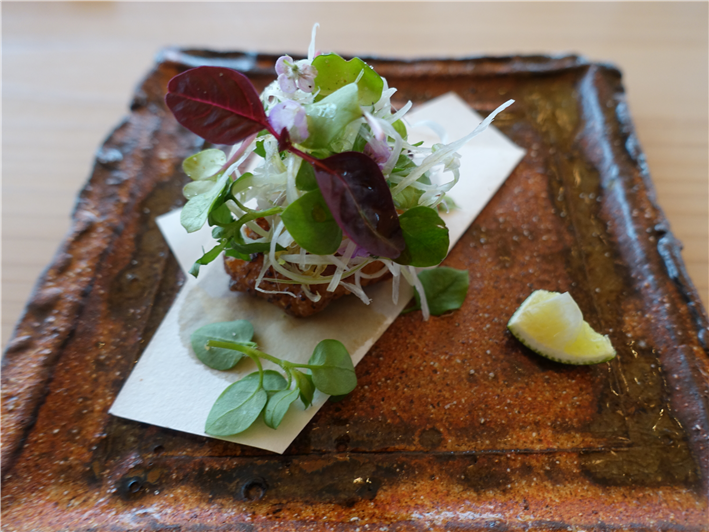
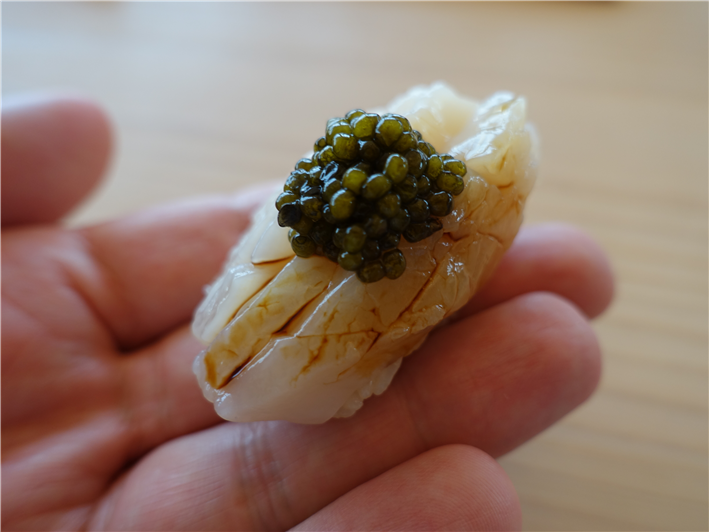
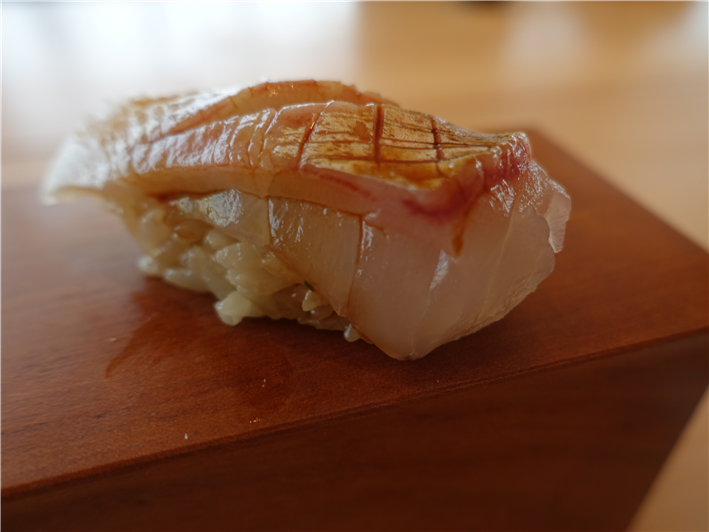
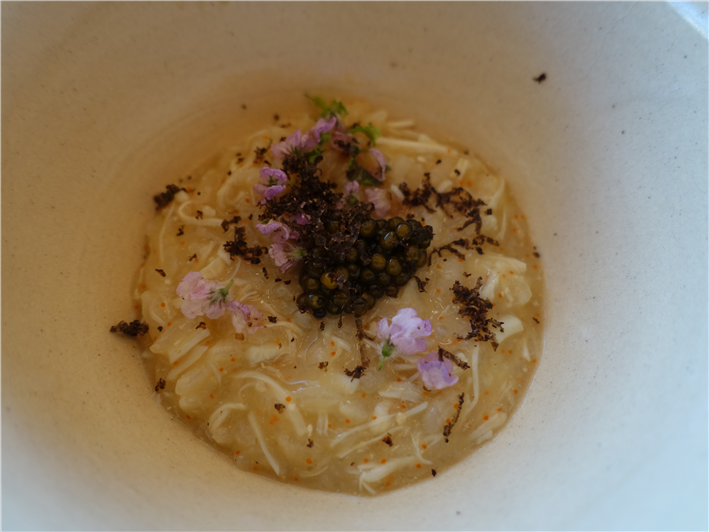

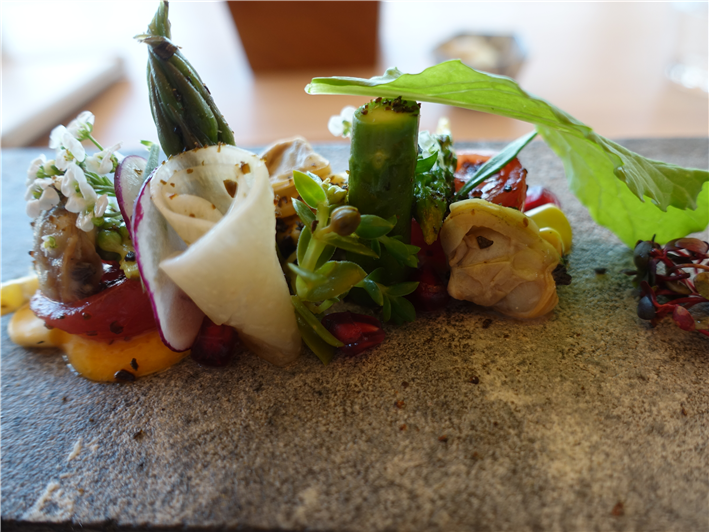
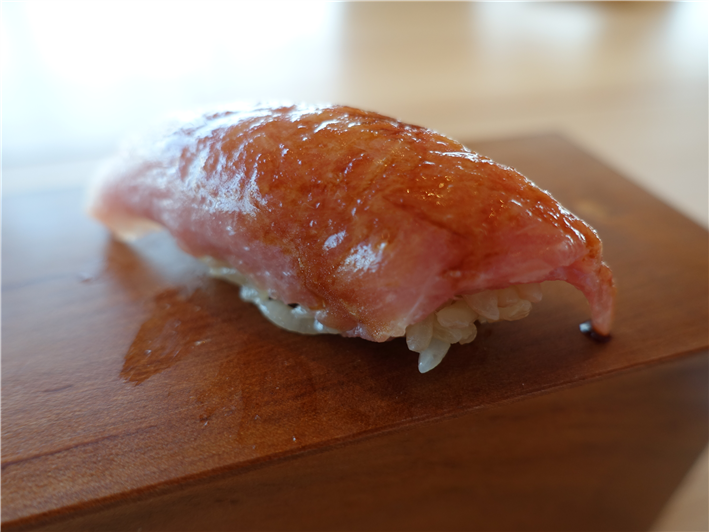
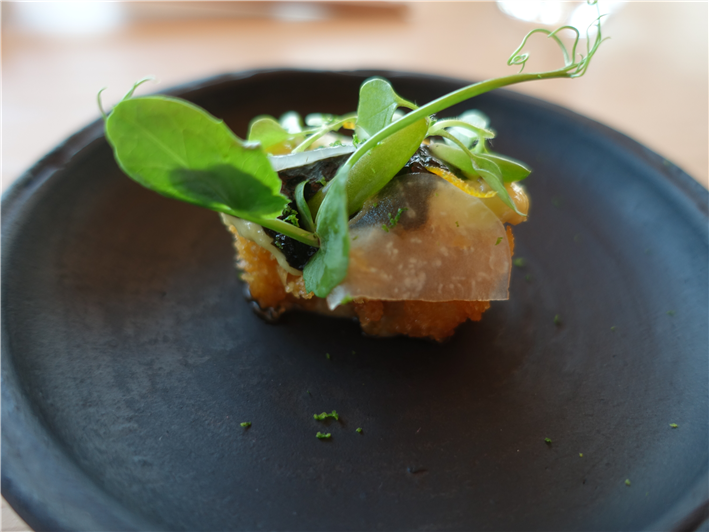

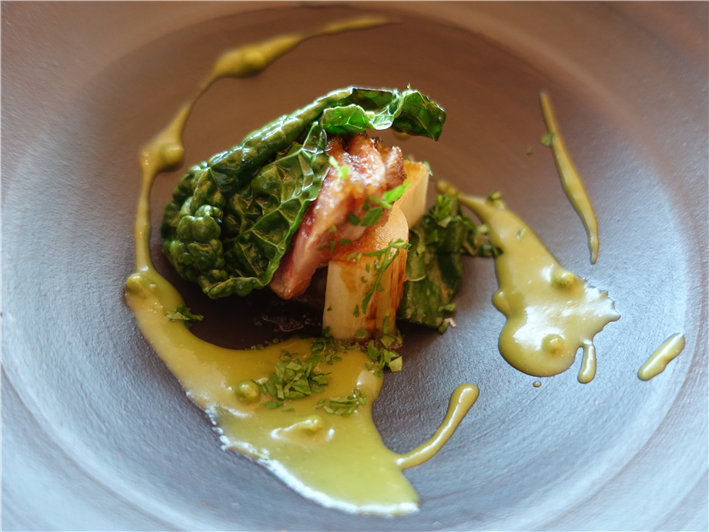
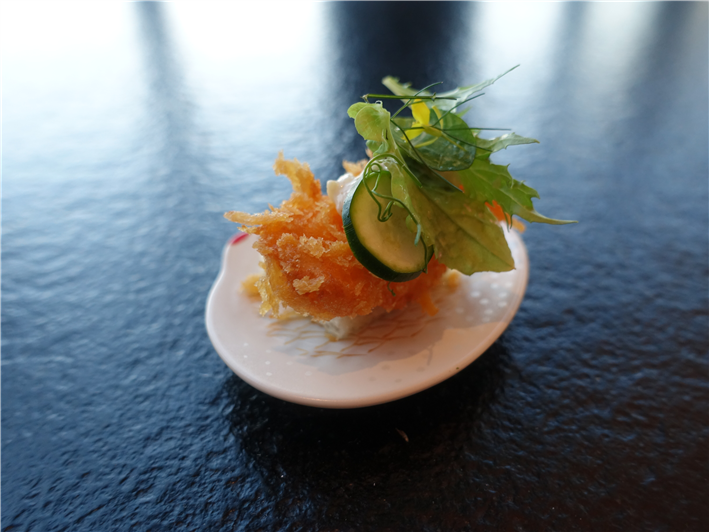

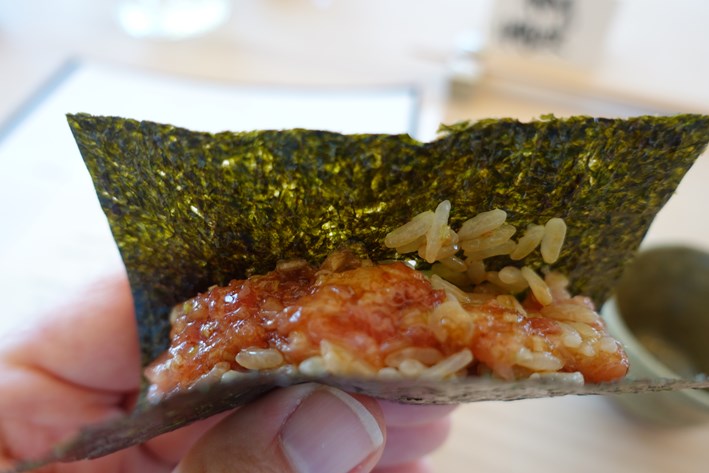
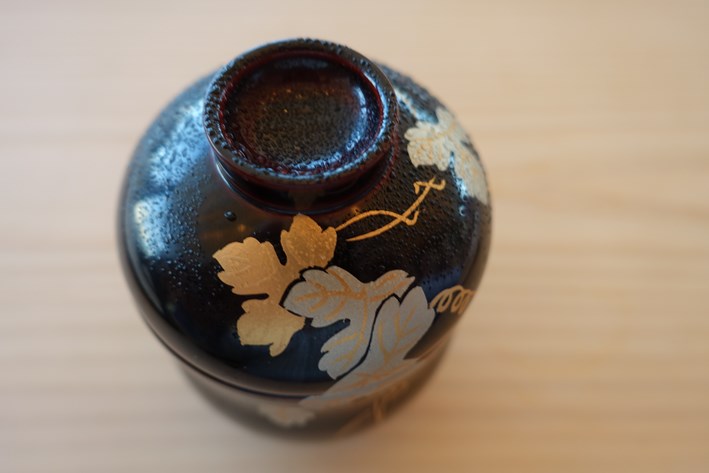
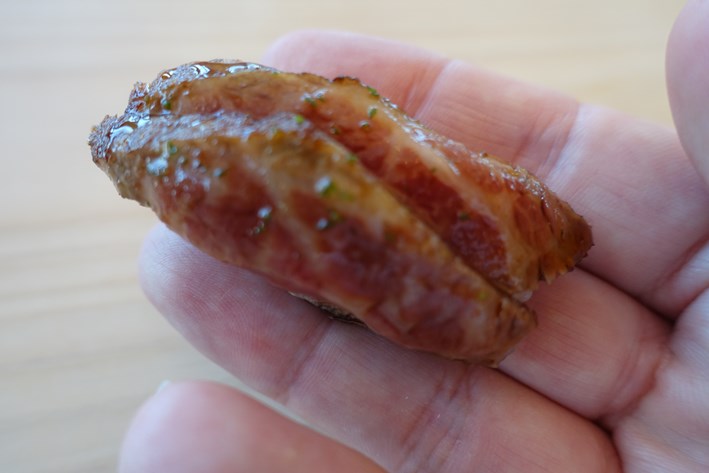
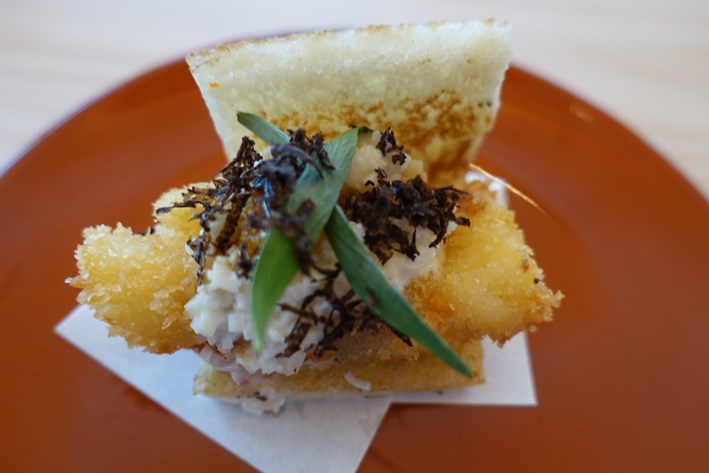
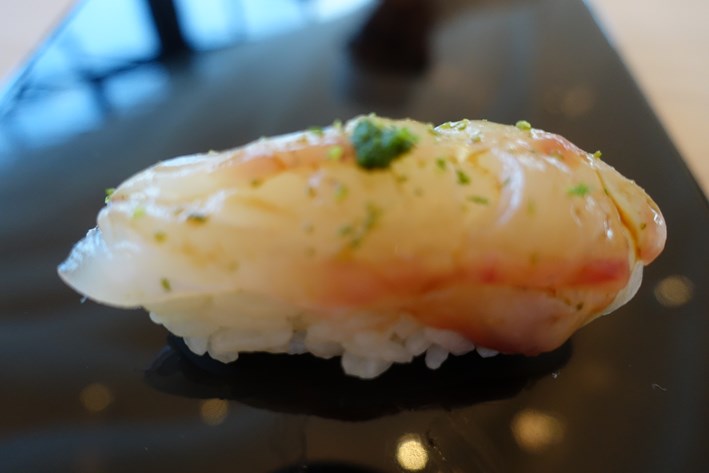
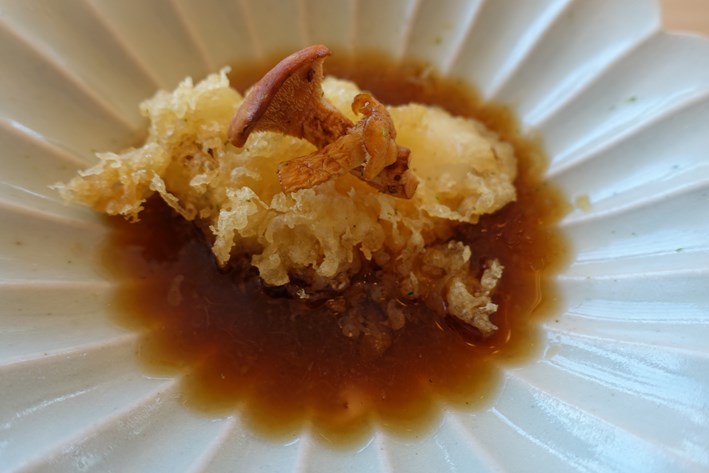
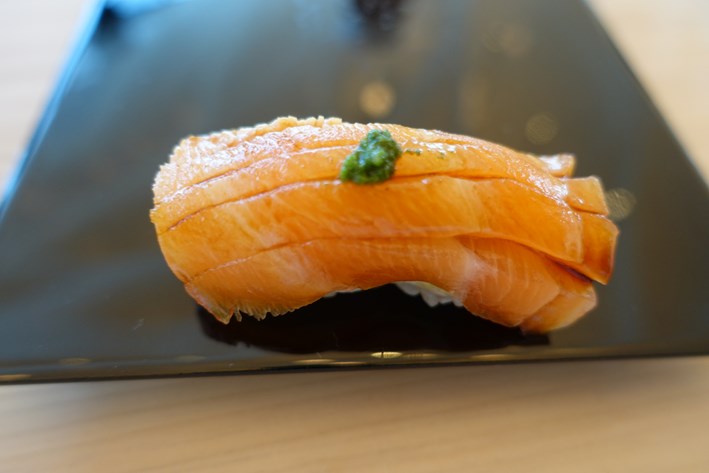
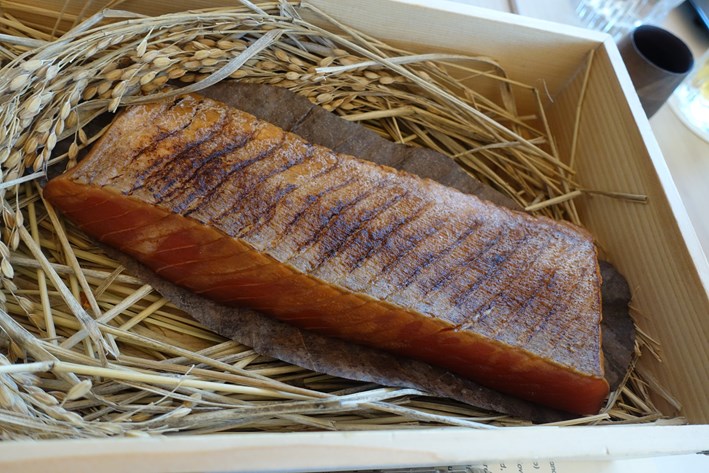
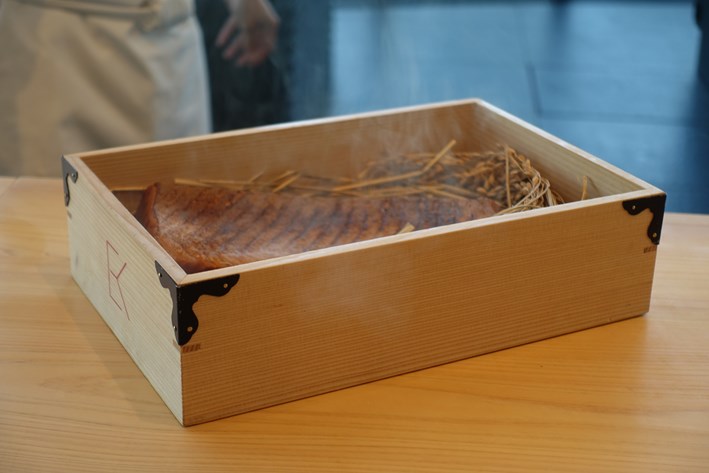
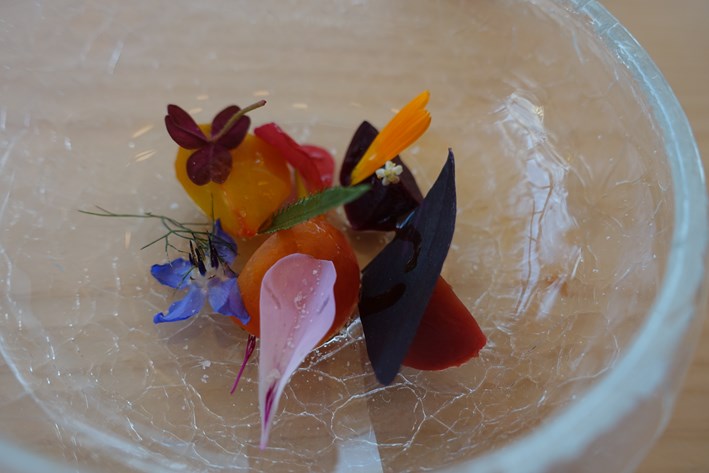
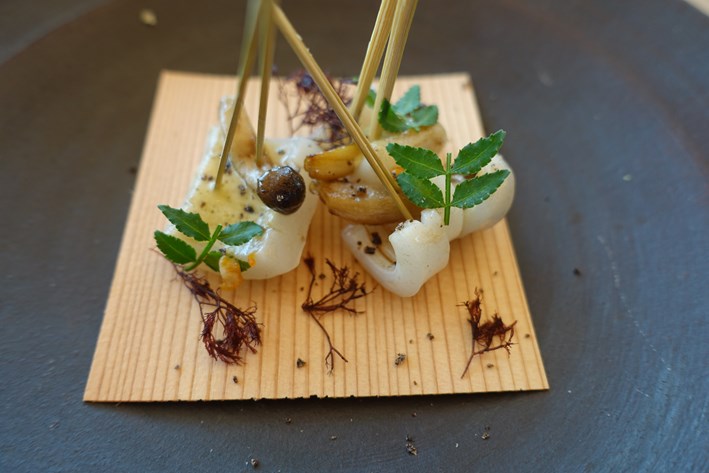


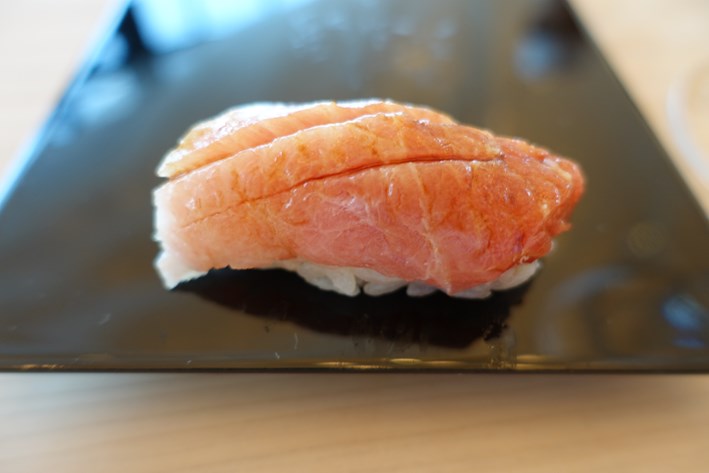
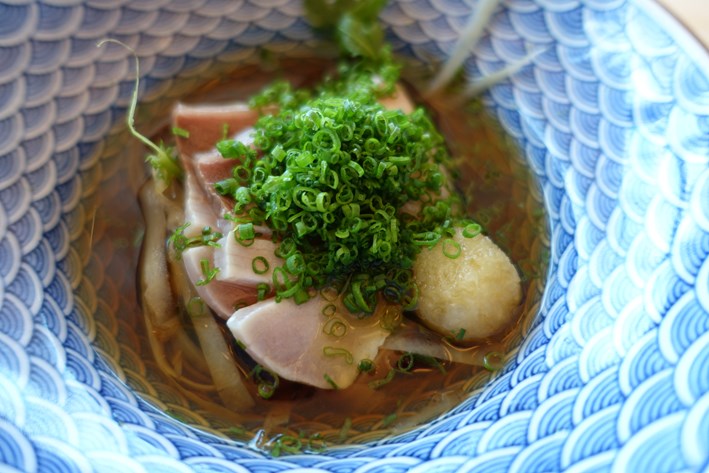
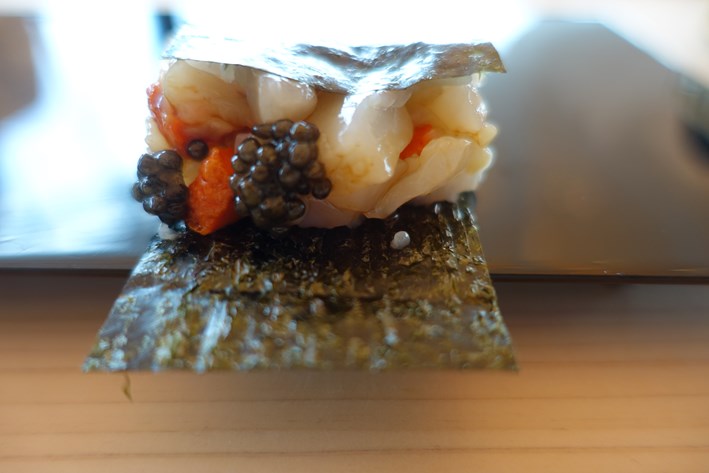
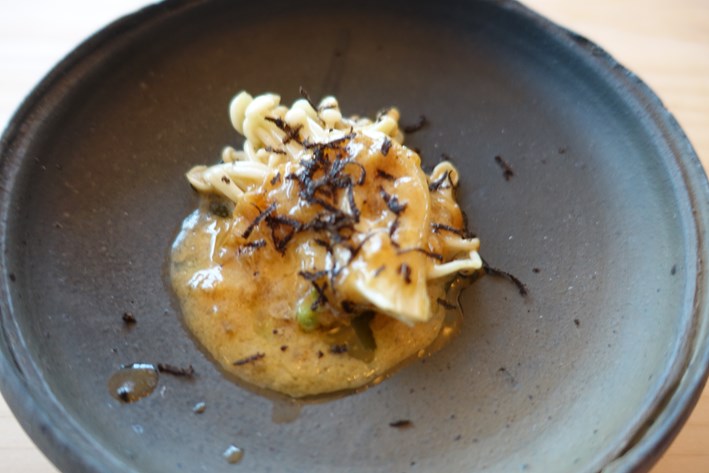
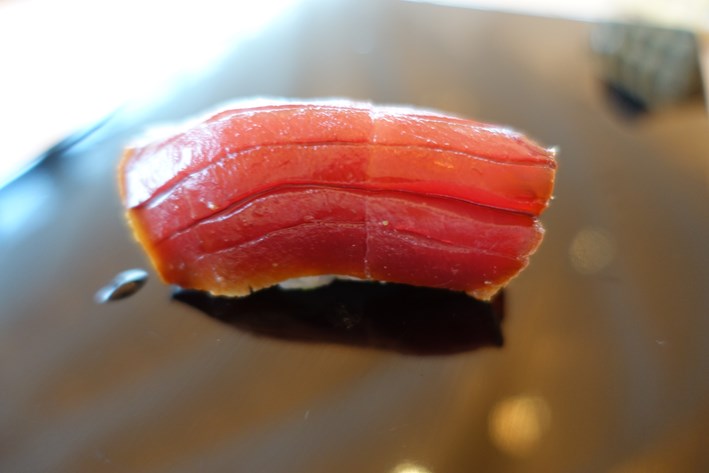

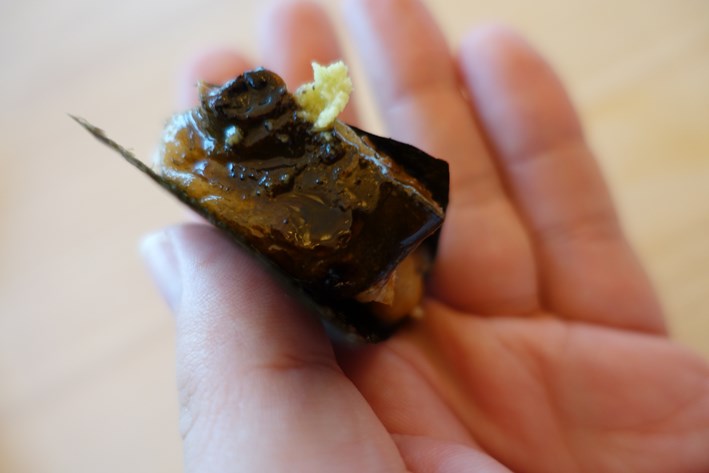
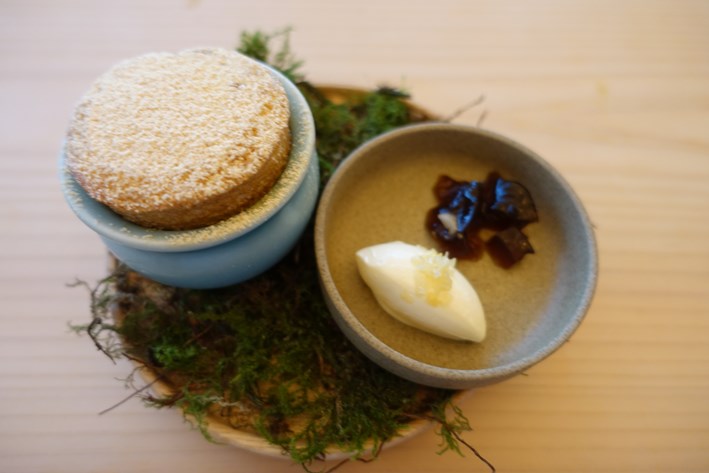



Add a comment
Thank you for submitting your comment, this will be checked and added to the website very soon.
User comments